The COVID-19 pandemic is sweeping across the world, causing disruptions and uncertainty at just about every turn. For most of us, this type of living on the edge isn’t something that we’ve ever experienced before.
While the far-reaching implications of this virus are impacting just about every industry, there’s one sector that it’s hitting especially hard: veterinary practices and pet shelters. Organizations that treat, help, or care for animals are facing their own set of challenges now.
With different countries, and individual U.S. states continually in limbo and with new guidelines continually being rolled out, shelters and veterinary practices have had to quickly adjust to keep up. The threat of eminent lockdowns and the uncertainty of it all is taking a toll, impacting how pet shelters and veterinary practices operate.
While shelters normally rely heavily on the generosity of donors and volunteers, in these uncertain times they’re even more in need of donations. But monetary contributions aren’t the only way to support your local shelter; there are many other ways that we can all chip in to offer support, while at the same time looking to keep our pets and families healthy, happy, and safe.
With lockdown measures forthcoming in a number of different countries –and even in effect in some U.S. states, the time for action is now. With this in mind, here’s a look at some things that each of us can do to step up and help –today.
There’s a great deal of uncertainty surrounding COVID-19 –especially when it comes to the full implications that it will have on our lives. Unfortunately, this uncertainty is feeding misinformation and giving rise to fear. Many people don’t fully understand this virus, and there have been plenty of theories circulating on social media and elsewhere about its origins and spread.
Some people are even taking desperate and misguided measures in an attempt to secure some sort of protection against it.
Dr. Evan Shaw, a Brisbane, Australia-based registered veterinary surgeon mentioned that there have even been a few reports of break-ins at clinics in Australia, where people have stolen canine coronavirus vaccines, presumably to inject themselves in a bid to ward off COVID-19. This, of course, is based on the theory that canine coronavirus, is the same strand as the COVID-19 variety that’s circulating the globe. (Spoiler alert: it’s not!).
Dr. Shaw said that there have also been a handful of cases where concerned pet-owners have tried to surrender their pets, fearing that their pets might catch the disease and pass it on to them –even though there’s no evidence of this actually happening.
For anyone today, the best option is a clear, levelheaded approach. Take time to research the virus, its origins, and how it spreads. Then take precautions, and follow government guidelines, while at the same time ensuring that you don’t get caught up in the mass hysteria.
“It is not the flu, it is not a joke, it could be you,” said Dr. Shaw, emphasizing the importance of everyone pulling together during this time. He urges people to follow the current government guidelines, and stay safe.
What about stockpiling essentials? A number of people are rushing to get in months supplies worth of dog food. While it’s a good idea to have enough for a period where you may need to end up self-quarantining, Dr. Shaw says, but there’s no need to stock up on 2-3 months’ worth of goods. There are enough food reserves, despite the temporary lag that it takes to get items from the warehouse to the shelf, so prepare and plan, but don’t go crazy.
There’s a lot that we can do to help, even if that simply means staying calm and applying a rational approach during these trying times.
Note: For more information on COVID-19, its origins and spread check out: How do animal viruses like Coronavirus jump species by Tara C. Smith, a professor of epidemiology at the Kent State University College of Public Health.
Many shelter directors are issuing a plea for donations at this time. Many of us are facing financial uncertainty now, but for shelters that rely largely on donations, even small contributions can make a big difference.
Choosing from a shelter’s Amazon wish list is another easy way to contribute.
See: ACC of NYC Wish List
Shelters that don’t have an online wish list may be able to accept pet food or supply donations, dropped at their door. It’s best to call or email your local shelter directly and ask what you can do to help.
Different protocols are in place at different locations during this time, so it may be impossible to pick up and deliver supplies in some cities. But for other locations, now might be an ideal time.
For those who are willing and able, one step that could help overburdened shelters is for people to consider fostering or even adopting a dog.
“With shelters at full capacity, anyone who is spending more time at home from work and is available to foster a pet, this would be a tremendous help,” said Taylor Wheeler, a certified dog behaviorist and founder of the Pink Paw Program, which provides international education about dog behavior and safety.
“If you have a secure yard and pet-friendly homes please consider contacting your local shelter,” Ms Wheeler advises.
While the prospect of taking on one more responsibility during these uncertain times may seem overwhelming to some, there are some tremendous benefits to having a pet around. For one, animals can help to alleviate stress and provide companionship, something that all of us will need if we’re asked to self-isolate or shelter in place.
Animal shelters in many cities across the U.S. are issuing pleas for people who are able to foster.
“Having a pet around ... is good for your head,” Eric Rayvid –a spokesperson for Best Friends Animal Society, an animal welfare non-profit, told the HuffPost. “It’s going to take you out of yourself a little bit. If you get a dog, it’s going [to] force you to go outside. If you get a cat, it’s going to force you to spend some time cuddling.”
What are the requirements for adopting a dog? These vary, but shelters are doing everything they can do to make the adoption process as seamless as possible. Some, like one Florida-based shelter, are even temporarily waiving adoption fees. Some are offering a free pet adoption in exchange for a bag of dog food, while many have streamlined paperwork to allow adoptions to take place from the car.
If you have any issues or questions on animal behavior, there are online resources available that can help. The Australia-based Pink Paw Program offers free correspondence training, and a list of free dog training and animal-related resources can also be found at the Certification Council for Professional Dog Trainers’ website.
It’s also a good idea to follow local shelters on social media. This will alert you to any developments and allow you to keep up-to-date with their needs.
Animal Haven, a New York City-based animal rescue that is still, for the moment, is facilitating adoptions at their location by appointment only, says that while the thing they need most right now is monetary donations, even if people can’t donate now, could still stay up-to-date with their needs via social media.
“Watch our website, Instagram, and Twitter for pretty much daily updates on what is going on,” Tiffany Lacey, Animal Haven’s executive director, said in an interview with the HuffPost. “Because we’re just trying, as everyone else is, to make sense of what is happening every day, and what might happen tomorrow. And what we need to do to make sure the animals are safe.”
Meanwhile, on a global scale, many shelters have to close temporarily. UK-based pet shelter and charity Battersea –which requires home visits in order to facilitate adoptions, has temporarily suspended all adoptions. Although the RSPCA, another UK-based shelter and charity, has so far managed to continue its operations; while restriction adoptions to an appointment-only basis.
Veterinary practices, though, remain largely open; at least in the U.S., Australia, and the UK. As they provide essential services, they won’t be shuttering up any time soon. They’re largely operating on a reduced scale though, limiting contact with the public while continuing to provide essential services. The AVMA recommends that veterinary clinics continue to provide care for acutely sick or injured animals while rescheduling elective procedures.
Finally, one of the most important things that we can do is to keep our pets with us at this time.
Shelters simply cannot accept the numbers that they were before, and during this time of short-staff or even outright closures, there’s simply no capacity to take on any new animals. For those who are considering surrendering an animal at this time, experts would like to advise them to reconsider.
“The number of dog surrenders is climbing as it is,” said Ms Wheeler. “Now with this virus more and more dog owners are enquiring about surrendering their pet due to health concerns. However, rescue groups and pounds are urging people to hold off on that decision as they are trying to reduce the number of pets taken in at this time.”
“With the risk of staff shortage, our volunteers and carers simply cannot take on more work and they should not have to. Everyone needs to take responsibility for their pets at this point in time.
It is important that pet owners understand that there is no evidence of this virus being transferred from cat or dog to human, which was stated by The World Health Organisation,” she continued.
“We ask that no one makes any irrational decisions and that they carry on with their pet’s normal routine and care so that we can all get through this difficult time together.”
While many people might be concerned about a change in routine, and working from home, Dr. Shaw mentioned that one silver lining is that overall animal welfare has skyrocketed, and overall pets are benefiting tremendously from this change. “They get to be around their favorite people,” he said, “and for a pet, it doesn’t get much better than that.”
While most cats will probably fare just fine during prolonged periods of social isolation, dogs are another story. For those who are concerned about how to keep high-energy dogs exercise and entertained during a potential lockdown, Dr. Shaw suggests finding some indoor games that you can do with your pet. (Check out this helpful list for some ideas.)
While there have been cases of pet surrender, Dr. Shaw said that by and large most pet-owners are taking a far more rational approach.
“Keeping your pets with you during this time is one of the best things that you can do,” he advised. “You might be facing weeks, if not longer in isolation, and having a dog, cat, even a hamster with you can give you that contact that you might not be able to have with another person.
“The best thing that you can do right now is to prepare –and give your dog a hug.”
For more resources and updates during the COVID-19 pandemic, visit: the Human Society.
For a list of U.S. rescue centers, see the American Kennel Club’s rescue network.
Free dog training and animal-related resources can be found at the Certification Council for Professional Dog Trainers’ website and the Pink Paw Program.
COVID-19 is sweeping across much of the world, leaving us concerned and wondering what we can do to protect ourselves and our loved ones.
Naturally, this includes our pets as well.
One of the main questions that everyone’s asking is: can the virus be transmitted between people and pets? While the disease is most prominent in humans, are we going to find Coronavirus in dogs or Coronavirus in cats?
If you’re searching for answers, you’ve come to the right place. In this article, we’ve sourced advice from some of the top veterinarians as well as guidance from WHO (World Health Organization) and the CDC (Center for Disease Control) to bring you up-to-date on what we know about Coronavirus in dogs.
First up, it’s important to understand the virus –where it comes from and how it operates.
COVID-19 is a type of coronavirus, a category of virus that’s aptly named for its crown-shaped circles that can be seen when viewed under a microscope.

coronavirus under a microscope
There are a number of different types of coronaviruses –and they all vary considerably across the board –from relatively mild colds to the far more severe and notorious Middle East Respiratory Syndrome (MERS-CoV) and Severe Acute Respiratory Syndrome (SARS-CoV).
It’s worth noting that coronaviruses have their origins in animals, although they usually stay within their own species. However, occasionally the viruses end up crossing into another species. In many cases, this isn’t too much cause for concern. Usually, the result is what’s known as a “dead-end virus” –it spread from an animal to a human, but it ends there and isn’t able to spread from human to human. Every so often, though, a virus becomes a novel human-adapted virus, finding a way to jump species, while enabling the efficient spread between humans. This eventually leads to an epidemic and is what happened with SARS and MERS, which had their origins in civets and camels.
But that doesn’t mean that COVID-19 can be passed back and forth from humans to their pets.
While the disease originally would have had its origins in an animal; possibly a bat, that doesn’t mean that it can simply travel back and forth between different species at random.
“Coronavirus itself has been around forever,” explains Oakridge Veterinary Clinic Veterinarian Dr. Nell Griscom. “Dogs get it, cats get it, but they are different varieties of coronavirus. As far as we know, the COVID-19 is not contagious to dogs and people can’t get it from their dogs or give it to their dogs or cats.”
Dr. Brennen McKenzie VMD, a veterinarian with Adobe Animal Hospital in Los Gatos, Calif., agrees.
“The risk to and from pets appears low at this time,” Dr. McKenzie says. “Animals spread viruses between one another that are genetically distinct from human viruses,” he continues. “The genetic distinction makes it extremely difficult for humans and their pets to pass diseases on to one another. (Except for the rabies virus, which is known to be transmitted from dogs to people. In the US, rabies is rare because dogs are required to be vaccinated against rabies.)”
Note: For a fascinating look into COVID-19, its origins and spread from animals to humans check out: How do animal viruses like Coronavirus jump species by Tara C. Smith, a professor of epidemiology at the Kent State University College of Public Health.
News of a dog in Hong Kong testing positive for the virus last month has sparked rumors of potential cross-species transmission of COVID-19.
The animal in question was a Pomeranian belonging to a COVID-19 patient in Hong Kong. The animal had tested “weakly positive.” There were traces of the virus on his nasal cavity and mouth. The dog himself, however, did not show any signs of the virus.
The most likely scenario experts say, is that although the animal had traces of the virus, having been in contact with a person who had the virus –but he wasn’t necessarily infected with it.
Another explanation could be that he was infected, but had a low-level infection. In some cases, viruses can infect a species but not cause illness in that species, nor become transmissible to others.
“The dog had low levels of the virus in its nose and mouth…and could have picked it up from the patient with the virus—or from surfaces he had touched,” explains Rachel Barrack, DVM, CVA, CVCH and founder of a concierge practice, Animal Acupuncture in New York City. “Since dogs’ noses and mouths come in contact with just about everything, it is hard to say.”
WHO is continuing to keep tabs on the situation, but maintains that there’s still no evidence that household pets can transmit COVID-19.
So far, the Pomeranian in question is the only dog in the world to have tested positive for canine coronavirus.
For people with pets, there’s no such thing as over-prepared. It’s a good idea to create a contingency plan ahead of time –just in case.
If you end up coming in contact with someone who tests positive for COVID-19 and needs to self-isolate, the best option is to have someone else look after your pet for you during this period (usually 10-14 days).
If this isn’t possible, you can keep your pet with you, but it’s best to try to keep them in a separate area of the house. Wash your hands after feeding them, and avoid petting them, being licked, kissing, and sharing food.
Additionally, the CDC recommends that if a person does test positive for coronavirus, they should restrict contact with animals, just as they would other humans.
It’s a good idea to start talking to friends or family early on, to see if you can make arrangements for someone to take your dog in for you should the need arise.
Experts say there’s no need to worry, that transmission between humans and pets is highly unlikely. It’s also not advisable for your pet to wear a mask –experts say these are generally a bad idea for animals, and could even restrict breathing.
Still, it’s worth taking some precautions, to help minimize the spread of COVID-19. Even though there’s a very low risk of human-to-pet transmission, there’s still the issue of contamination. Experts believe that the virus can live on a surface for up to three days. A pet’s fur, for example, could potentially act as a surface.
There are some basic hygiene rules that you should follow anyway, for general health, and to help keep the risk of contamination down.
WHO recommends washing your hands after playing with or cuddling your dog. Aside from COVID-19 concerns, there’s the very real risk of a bacterial infection such as salmonella and E. coli –this type of bacteria can easily pass between pets and people.
“If you have a pet that becomes sick after contact with people infected by COVID-19, it is important to contact your veterinarian,” says Dr. Barrack.
“But remember it is highly unlikely that a dog, or a cat, could be infected,” she adds.
Just make sure you call your vet ahead of time and inform them of the situation, don’t just bring your pet in. The vet should be informed that the pet was in contact with someone who has COVID-19.
The following advice comes from the Oregon Veterinary Medical Association.
Practical measures to protect yourself and your family from this or any other contagious respiratory illness include:
Practice good hygiene, keep a sensible distance from people –especially those who may be unwell, avoid crowds, and of course, make sure your pets are up-to-date on their shots.
At this point, there’s a lot that we don’t know about this virus, particularly when it comes to contamination and spread. But there’s still a lot that we can do to help our families, including our beloved pets, to stay safe –and to help limit the spread of disease.
Glucosamine is an important and powerful component commonly found in joint support supplements. Glucosamine is well studied in humans and dogs and shows to improve joint and bone health. Glucosamine is an amino acid that is naturally produced in the body and is present in many body tissues including joints, tendons and ligaments.
Glucosamine is one of the most popular supplements for people and dogs to improve the health of joints and is found in Hemp and Hips by Veterinary Naturals.
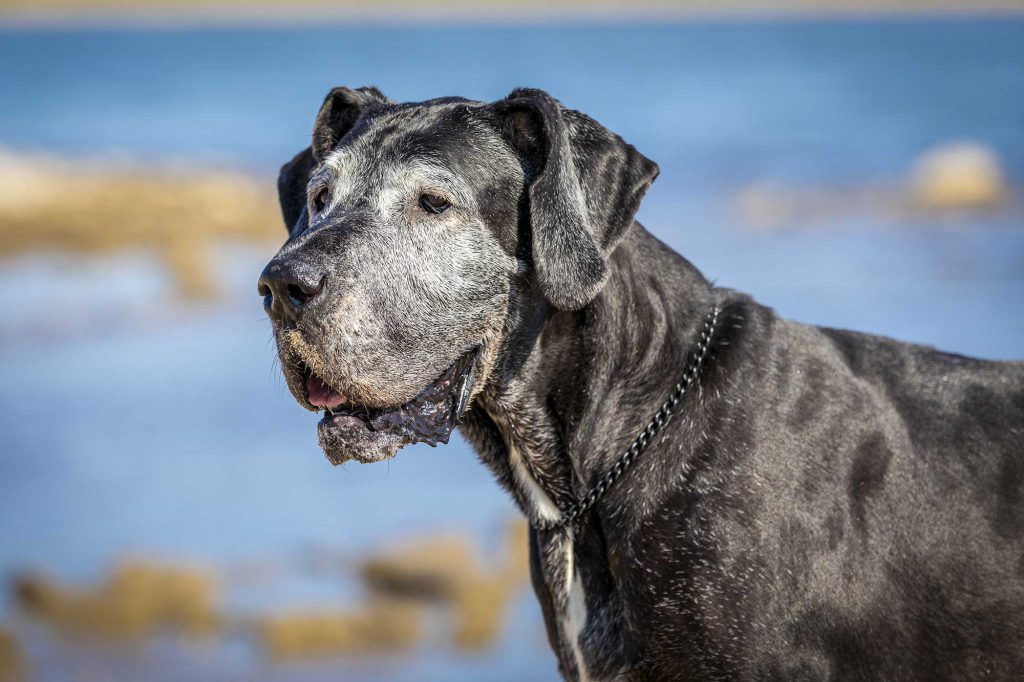


Spirulina is two species of algae that has been successfully and safely used as a dietary supplement in people for centuries and more recently in animals. There have been recent studies in veterinary medicine that show Spirulina has benefits to enhance the immune system in dogs. It is easily digested in dogs and has not been shown to have any side effects. Spirulina is found in Hemp and Hips by Veterinary Naturals.

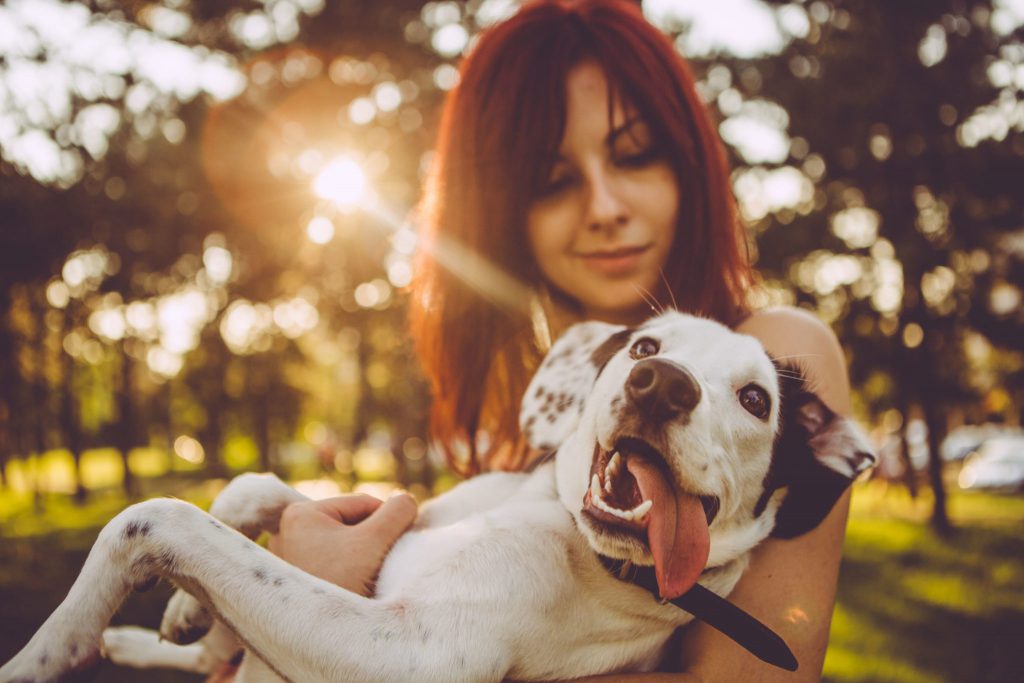

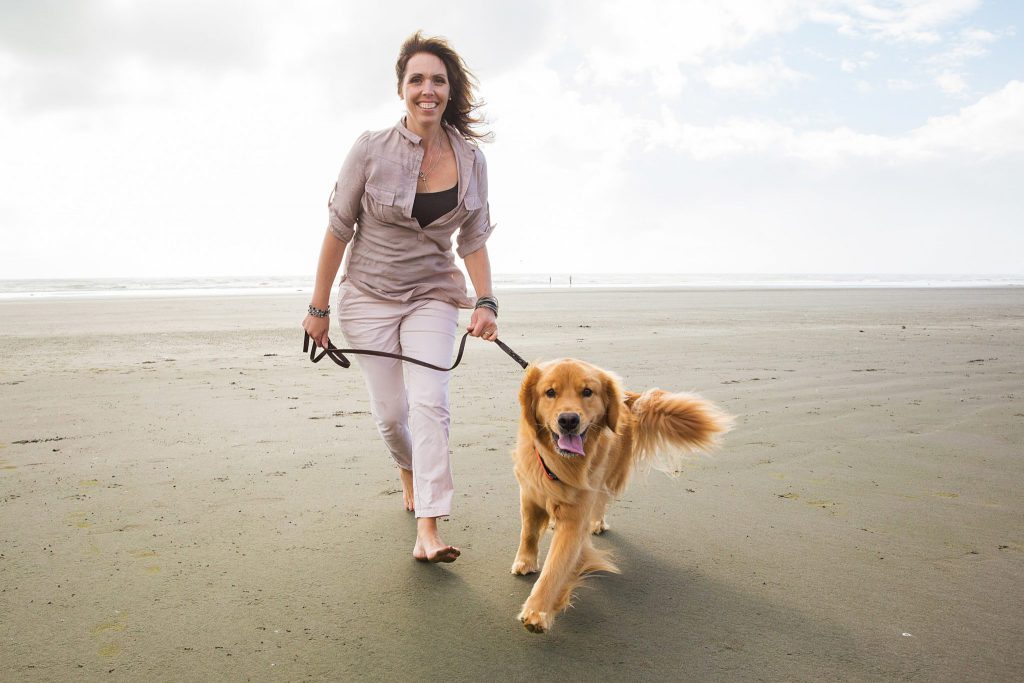
Veterinary Naturals Hemp & Hips Inflammation:

[/et_pb_text][/et_pb_column][/et_pb_row][/et_pb_section]
Hyaluronate, commonly labeled as sodium hyaluronate, is used in many human and veterinary supplements as it has many important benefits. It is a naturally occurring compound found in many tissues in humans and animals. Hyaluronate is found in Hemp and Hips by Veterinary Naturals. Below is a list of the top five benefits of hyaluronate.

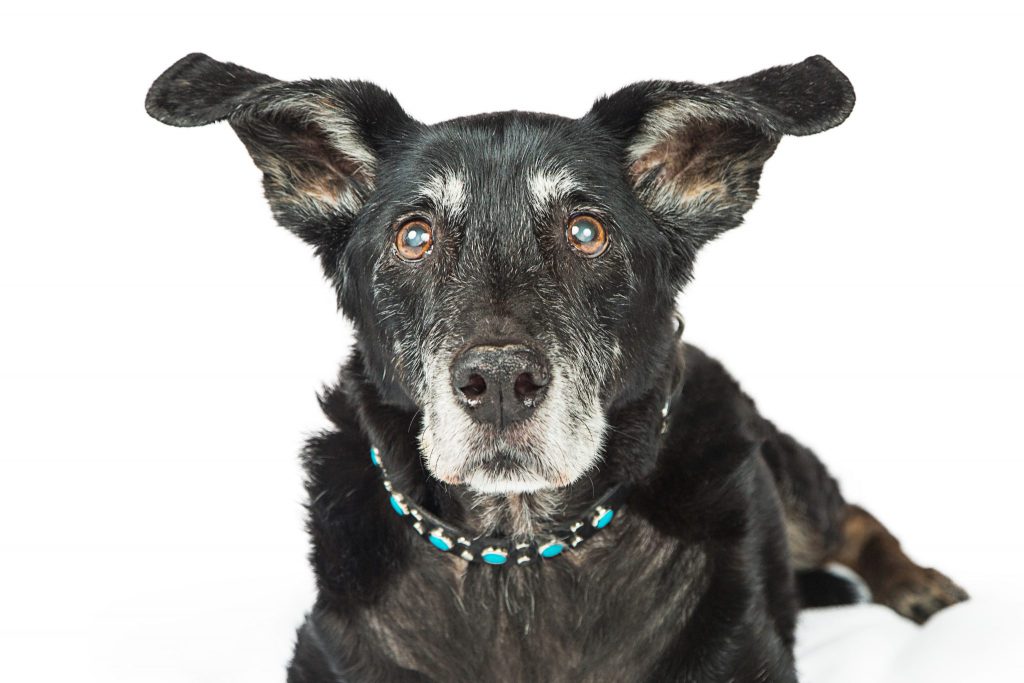


That’s right, dog dementia.
Just like humans, aging dogs can become senile, and what starts as a mild condition with a few, almost unnoticeable signs, usually tends to progress and worsen over time. No one likes to think that their dog is getting old, but when your best friend stops responding to its name, stops recognizing you, other family members or friends, and simply start acting different than usual, you’ve got yourself the red flags of dementia or, as it is also called, cognitive dysfunction syndrome.
The usual signs of dementia in dogs are mostly:
In a nutshell, dog dementia is characterized by your dog acting funny and with complete disregard for previously learned training, habits, or house rules, as if it forgot them. Of course, these signs vary from dog to dog and their severity depends on the progression of the condition. It’s not uncommon to see dogs with dementia getting stuck on corners, behind furniture or doors, barking for no reason, or simply becoming slow responding to stimuli or learning new tasks. Other signs may include increased licking due to stress, loss of appetite, decreased self-grooming, and incontinence, urinary or fecal (or even both!).
Plenty of online resources will tell you that about 50% of the dogs older than 11 years will show some sign of dementia, which is a good indicator of how prevalent this issue is.

The cause of dog dementia is unclear. There is evidence pointing to genetic factors, just like Alzheimer’s disease in humans, and we do know by now that there are a few chemical and physical changes occurring in the dog’s body that lead to an increased accumulation of a protein called beta-amyloid in the brain. This protein build-up ultimately slows or blocks nerve transmission and interferes with normal blood circulation in the brain, which, in turn, leads to the changes in awareness and behavior that are the hallmark of dementia. A decrease in dopamine production, a nervous system messenger chemical, may also be involved in the physiopathology of this condition.
There are no specific tests or exams that will tell you that your dog has dementia. Diagnosis is achieved through medical history, a physical examination (particularly focused on cognitive function), and ruling out other diseases, which may include performing blood tests, X-ray or ultrasound exams. Although these will not tell you anything about dementia, they will definitely help to determine no other health issues that may mimic dementia are taking place.

When we talk about treatment, there is a myriad of possibilities and success is achieved by owner compliance and willingness to help his or her dog, as no “magic pill” will do the trick. Many times it takes error and trial to find the right formula that will work for you and your dog.
We can divide treatment into four categories:
Conventional treatment relies on the use of a pharmaceutical drug called anipryl, which aims at reducing the signs of dementia by increasing the concentration of dopamine. The side effects of using anipryl include loss of appetite, increase in water intake, vomiting, anemia, and many owners actually report an increase in the signs of dementia, such as confusion, disorientation, and restlessness.

Changes in lifestyle play a huge role on treating dog dementia. Like any other progressive chronic disorder, life-long therapy and support are essential to maintain a dog’s quality of life. These lifestyle changes include keeping a strict daily routine of feeding, walking, exercising, playing, and training. Maintaining a healthy and stimulating environment is also extremely important and some examples include interacting regularly with your dog, spending time together, taking it out to socialize with other dogs, providing it with stimulating and interactive toys or games, and exercise or training sessions that may be as long as 5 or 10 minutes, depending on the dog’s physical condition, and are helpful to refresh their memory on old tricks. As little as hiding a treat and get it go and find it will contribute to an active lifestyle that will help hindering the progression of dementia. Also, make sure you don’t change the arrangement of the furniture, as it may confuse your dog, and get rid of any clutter you may have lying around because it may trip on it.
Switching to a natural, fresh, raw, unprocessed diet is another step towards health that can help your dog with dementia. You can cook it yourself, as there are so many good resources out there teaching you how, or you can look for commercial options, many of which have companies behind them that are truly concerned with providing more natural dog food options to their clients.

Herbs and supplements are of paramount importance in treating and managing dementia, as so many dog owners share in testimonies after they witness firsthand the improvements brought about by their use. Some herbal treatments and supplements that are recommended include hawthorne, gingko biloba (also known as waterhyssop), bacopa, Gotu Kola, alpha lipid acid, choline, rosemary, vitamin B6, resveratrol, flaxseed oil, coconut oil, turmeric, rhodiola, and omega-3 fatty acids. While some of these herbs and supplements have long been used in Ayurvedic and traditional Chinese medicine, others have started being used more recently, but all of them are known for their anti-aging, anti-inflammatory, and antioxidant properties.
Other holistic alternatives include acupuncture, aromatherapy to manage anxiety, and bioacoustics therapy or, more simply put, music! Yes, research tells us that simple sound, mostly classical music, enhances mind-body states that are conducive to healing and wellness.

We definitely do not need research to tell us how much of an effect music has on our nervous system, so why would it be any different with our pets? Well, it’s not. There are plenty of resources on YouTube that provide hours of relaxation music specific for pets, selected on the grounds of resonance (tone) and entrainment (rhythm), which basically make the breath, brainwaves, and heartbeat slow down to match the music.
Prevention of dementia before any signs appear is possible by switching to a more natural diet, using less chemical flea and tick products, and start supplementing with natural options with anti-inflammatory properties. Remember that natural approaches to disease tend to take more time to show their effectiveness, as they act slower than conventional drugs. All in all, it’s an everyday effort and a commitment to health that you must be up for. In the long run, though, it’s totally worth it.
The use of lawn chemicals (pesticides, herbicides, and rodenticides) on yards to control weeds, insects, or rodents is very common, particularly in the spring and summer months. These chemicals can be beneficial, but can also hurt your pets if they are not used or stored correctly.



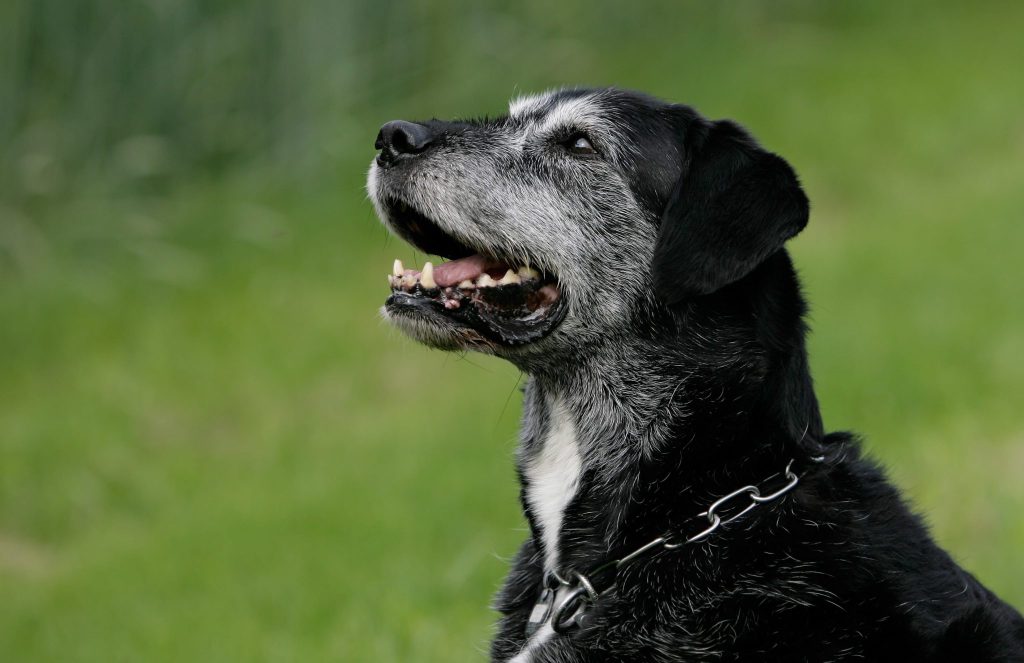
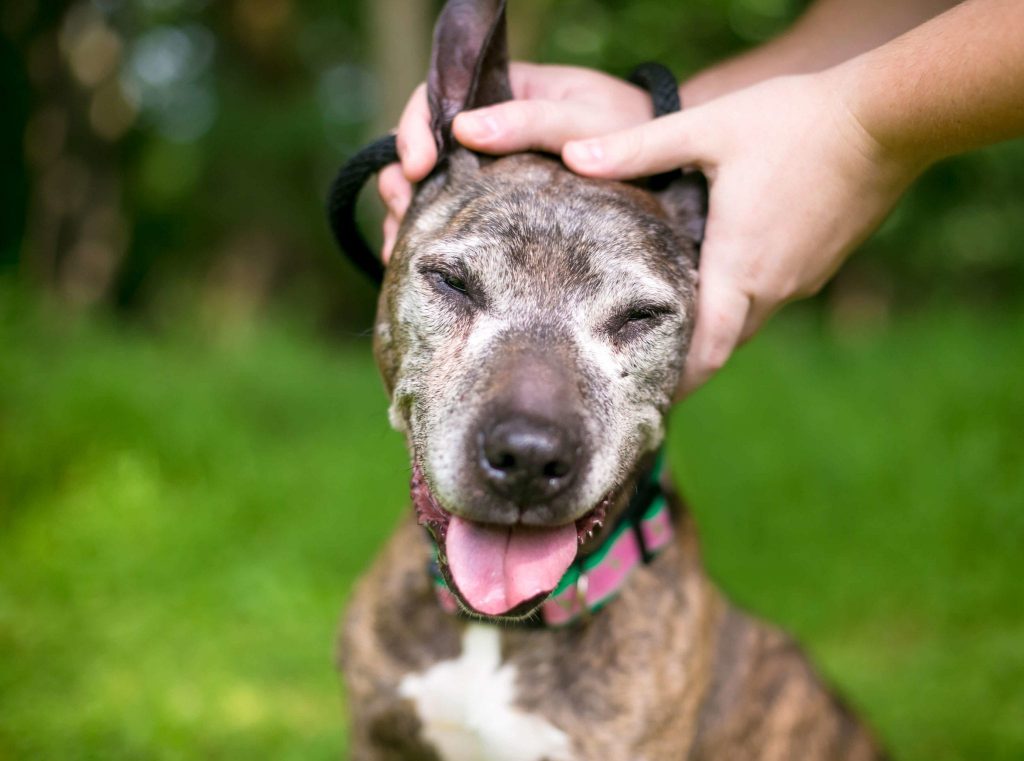
Devil's Claw comes from a desert plant (Harpagophtum procumbens) that lives in Southern Africa. The active ingredient is a compound harpagide, which exists in many medicinal plants. Its use has become more popular in veterinary and human medicine as a pain reliever. It has been reported to help with joint pain in dogs, horses and humans and established doses have shown to be safe in dogs.


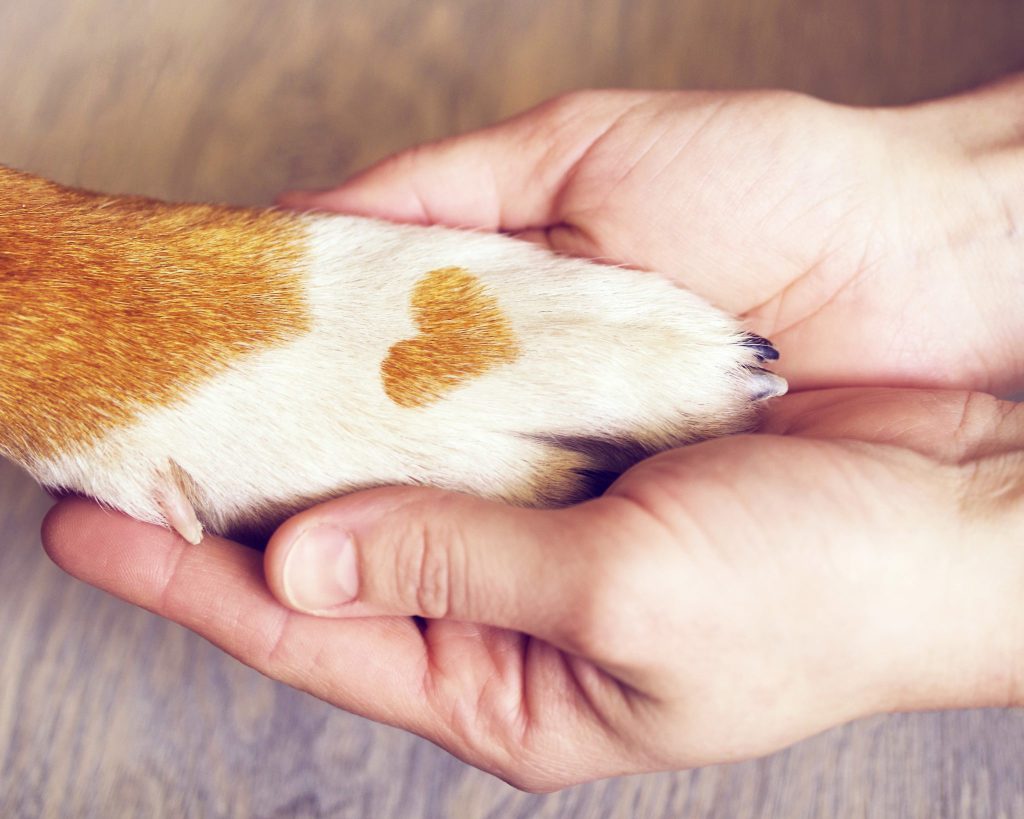


There is no simple explanation for the many responsibilities of a veterinary technician. There are many types of veterinary technicians; people most commonly think of them as a nurse and direct assistant to veterinarians.

However, many technicians specialize in other fields such as:
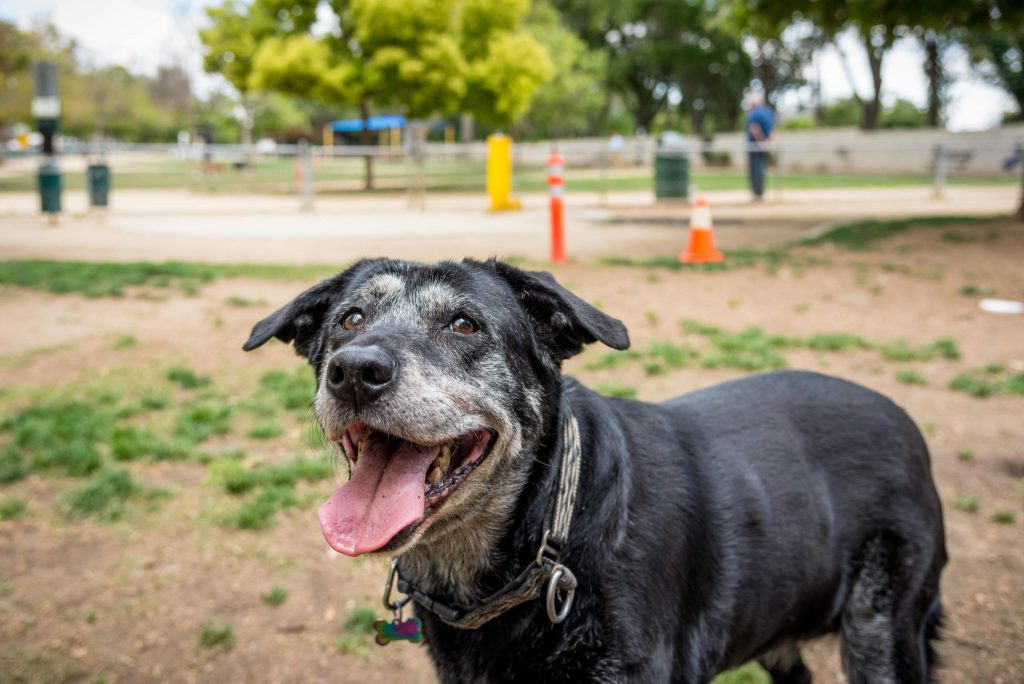
Many technicians perform most of these roles daily while they are always learning new skills and mentoring new technicians. Technicians play an important role in also guiding new veterinarians. They have many mandatory technical capabilities such as:

However, the role of technicians is so much more than technical capabilities. They play an important emotional role within the hospital. They are often the first person clients speak to and the last person the client listens to as we discuss the reason for the visit and explain the important discharge care for the patient.
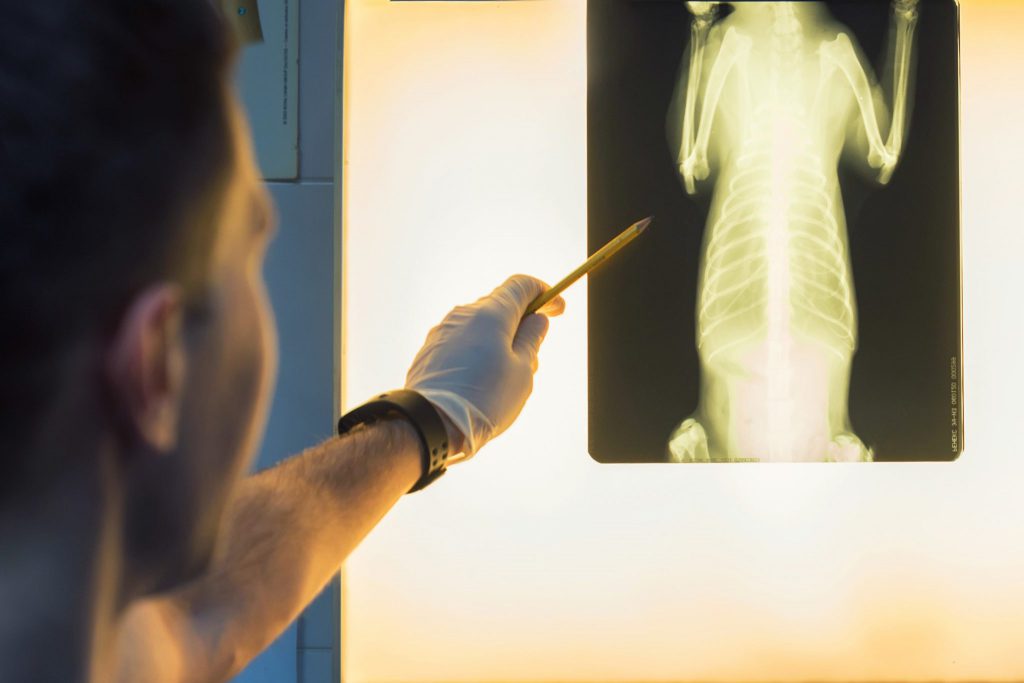
Technicians also play a very important role in educating clients. Technicians listen to the frustration, anxiety, and grief of the client and provide them with the encouragement they need to make the appropriate decisions. They deal with the client’s emotions of pets being sick and try to comfort and appreciate the love for their pets. They provide the client will all the necessary information to guide them through their pet’s life to keep their pet healthy and happy. Technicians are the advocate for the pet and provide them with a voice. Every shift is an emotionally demanding day for a veterinary technician.

Technicians are the backbone and support of veterinarians by providing the necessary diagnostic and professional support essential to treat pets and prescribe the necessary treatments. They provide understanding and encourage the decisions veterinarians make and hold them up during a complicated case or when times are busy. Technicians assist them with difficult procedures and stand by them during long discussions.

Veterinary Naturals Hemp & Hips ‘Senior Large Breed’
[/et_pb_text][et_pb_image src="https://vetnaturals.com/wp-content/uploads/2017/04/amazon-btn-150.png" url="https://www.amazon.com/Veterinary-Naturals-Hemp-Joint-Supplement/dp/B075NNTZK7/ref=sr_1_4?ie=UTF8&qid=1541287240&sr=8-4&keywords=Veterinary+Naturals" url_new_window="on" _builder_version="3.19.1" animation_style="slide" animation_direction="left" animation_duration="500ms" animation_intensity_slide="10%" saved_tabs="all"][/et_pb_image][et_pb_image _builder_version="3.19.1"][/et_pb_image][/et_pb_column][/et_pb_row][/et_pb_section]
Methylsulfonylmethane (MSM) is a naturally occurring compound and popular dietary supplement used both for people and animals. As we age, the amount of MSM the body produces decreases, therefore supplementation is useful. MSM has many helpful properties with improvement of pain and inflammation being the most significant. The supplement is well tolerated and has been shown to be safe in dogs.






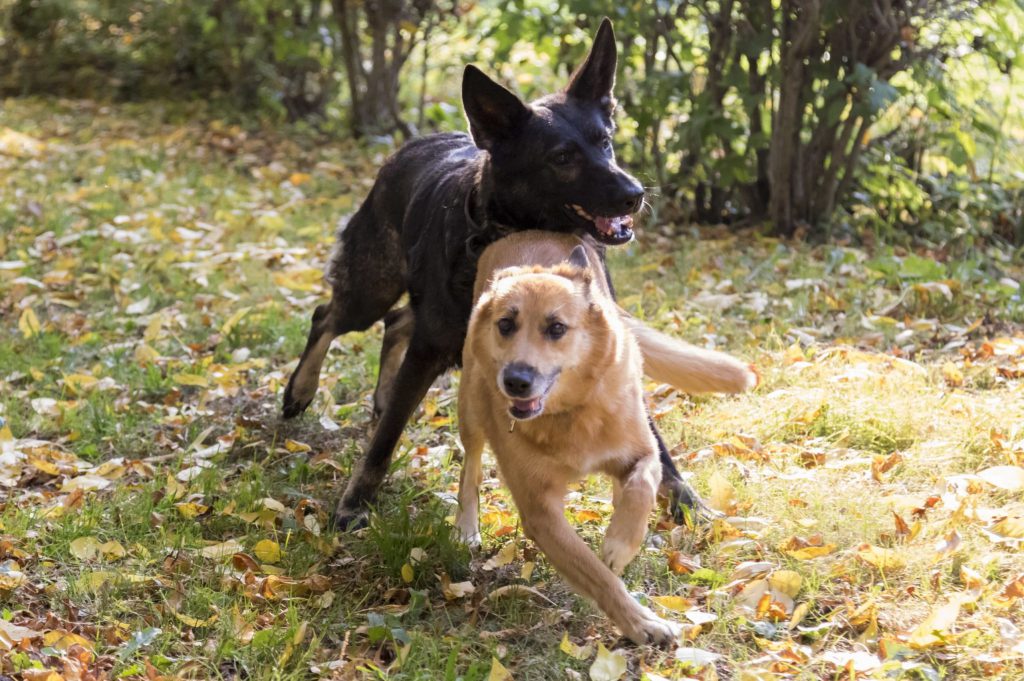
Veterinary Naturals Hemp & Hips ‘Senior Large Breed’
[/et_pb_text][et_pb_image src="https://vetnaturals.com/wp-content/uploads/2017/04/amazon-btn-150.png" url="https://www.amazon.com/Veterinary-Naturals-Hemp-Joint-Supplement/dp/B075NNTZK7/ref=sr_1_4?ie=UTF8&qid=1541287240&sr=8-4&keywords=Veterinary+Naturals" url_new_window="on" _builder_version="3.19.1" animation_style="slide" animation_direction="left" animation_duration="500ms" animation_intensity_slide="10%" saved_tabs="all"][/et_pb_image][/et_pb_column][/et_pb_row][et_pb_row _builder_version="3.19.1"][et_pb_column type="4_4" _builder_version="3.0.47" parallax="off" parallax_method="on"][et_pb_text _builder_version="3.19.1"]
There are many items that are popular around holiday time that can be hazardous to dogs. Having guests and visitors in the home can also pose a threat to pets. Here are some tips to keep your dogs safe to enjoy the holidays.

There are several food items that can be dangerous or toxic for your pets to consume.


Poinsettia has been commonly thought of as being very toxic to dogs. This is mostly a myth. However, contact or ingestions of poinsettia leaves can cause vomiting, diarrhea, nausea and irritation to the skin and eyes.


Glucosamine and Hemp Oil for Dogs – ‘Senior Large Breed’ Dog Arthritis Supplement – Soft Chew Senior Dog Vitamins
[/et_pb_text][et_pb_image src="https://vetnaturals.com/wp-content/uploads/2017/04/amazon-btn-150.png" url="https://www.amazon.com/Veterinary-Naturals-Hemp-Joint-Supplement/dp/B075NNTZK7" url_new_window="on" _builder_version="3.12.2"][/et_pb_image][et_pb_text _builder_version="3.12.2"]
Household Hazards. American Veterinary Medical Association.
Murphy, KF. “Plant Intoxications”. British Small Animal Veterinary Congress. Veterinary Information Network, 2007.
Richardson, J, Rishniw M. “Common Household Hazards”. Veterinary Information Network, 2017.
Poinsettia. Pet Poison Helpline.
“Toxic and Non-Toxic Plants: Holly.” ASPCA.
Dogs are living longer because of better veterinary care, however dogs are considered senior earlier than you might think. For most dogs, senior is considered greater than eight years old. Giant breed dogs, such as Great Danes or Saint Bernards, are considered senior over the age of five. Although it is great to have the extra time with our dogs, unfortunately this comes with a new set of age-related conditions.

The goals of a veterinarian are to keep dogs happy and healthy as long as possible. Here are seven ways to help your senior dog have a better quality of life for as long as possible.
Once our pet is considered senior, ideal veterinary care will change from the visits we had when our dogs were young. It is recommended that older dogs have a veterinary visit semi-annually, or possibly more frequently if they have any health conditions. The exam may be more in depth, and appropriate testing may include bloodwork or x-rays as a tool to screen for disease or if your pet is having any abnormal signs. These tests and a physical exam by your veterinarian check for signs of diseases that are more common in our older dogs.

Sadly we can see disease in pets of any age, but senior dogs are more likely to develop the same health issues we see in older people including:

Although these signs can occur in dogs of a variety of ages, there are a few common signs of disease that senior dogs should be monitored for. If any of these signs are seen, a visit with your veterinarian is recommended. The following is a list of critical changes to monitor your pet for.
Many senior pets will sadly suffer from cancer and although there is not one specific sign to monitor for, there are some signs of cancer in dogs.
Monitoring pets for behavioral changes is critical because as we see these changes, abnormal medical signs may start to occur. Changes in behavior are a good indicator that your pet may have a disease.
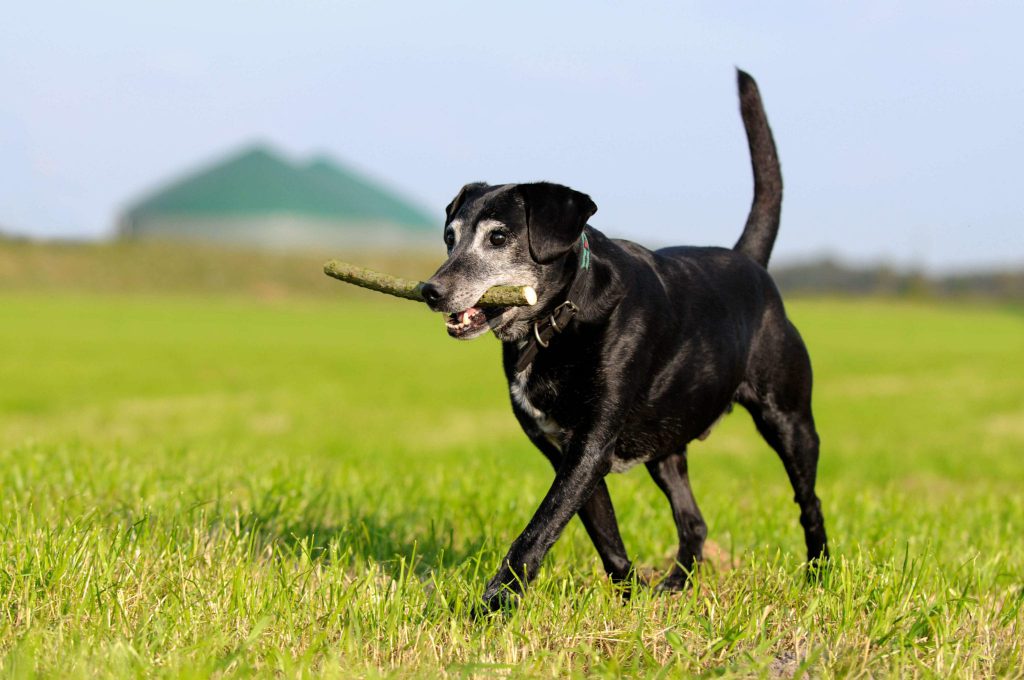
Below are the following possible behavioral changes we should closely monitor our older dogs for.
Many senior dogs will suffer from Canine Cognitive Dysfunction, which is similar to Alzheimer’s disease or dementia in people. Although there is no specific treatment to reverse the changes that occur in the brain during this process, there are some things that can be done to decrease the severity of the symptoms such as increasing exercise and mental stimulation. Attempting to teach your dog new tricks may also be helpful. Your veterinarian may recommend medicine and supplements, such as omega fatty acids that can help slow down the progression of the disease.
One of the biggest fears owners have for themselves, loved ones and their pets is to ensure they are not in pain. Pain can be expressed in each dog differently and many dogs are very tough and will not show signs of pain.

Below are some of the signs of pain.
A variety of diseases and conditions can cause pain, and there are many options for pain relief that can be discussed with your veterinarian. One or multiple prescription medications may be prescribed. The use of supplements such as omega fatty acids and glucosamine can provide pain relief. Other options include acupuncture, massage and physical therapy.

The use of supplements, particularly those containing glucosamine, chondroitin and omega fatty acids will benefit senior pets. Both can help significantly with arthritis, which is very common in older dogs. They have very rare side effects, mostly tummy upset that improves after a few doses and these supplements have been proven to be safe and effective. Many older pets will have changes in their activity level and avoid playing, jumping, running and other activities they previously enjoyed. The use of these supplements both as a preventative and treatment can help your pet have a healthy activity level.

Glucosamine and chondroitin have been shown to help with both the degenerative and autoimmune form of arthritis, and provide pain relief. Fatty acids have also shown to be beneficial for a variety of other diseases. These include kidney failure, abnormal rhythms of the heart (arrhythmias), heart failure, inflammatory bowel disease and some cancers.
Some simple household changes may also be beneficial to older pets. Especially due to arthritis or neurologic conditions, your dog can have a tough time around the house and a few changes may be very helpful.

Other than the above changes, keeping everything similar to how your pet was raised is also ideal as your pet ages. Hearing and vision will diminish overtime, so moving or adding new pieces of furniture can affect your pet. Keeping bedding and food bowls in the same place will make life easier as these senses change. Moving homes can be difficult for older dogs and it can take them some time to become accustomed to their new household. And don’t forget to provide your aging dog with extra love and attention!
Weight changes can have a significant effect on a dog of any age, but particularly senior dogs. Keeping your dog at an ideal weight will provide your pet with a good quality of life. It is not important to focus on the number of pounds, but how your pet looks and feels. When you pet your dog on the side of the chest, you should be able to feel the bony ribs, but should not be able to see them from across the room. When you look at your dog from above, they should have a tiny inward tuck of their waist. If your dog does not have this appearance, your dog is considered overweight or obese.

Excess weight or obesity increases the risk of many diseases, as it does in humans. Arthritis is one of the most common diseases affected by excess weight. However, respiratory issues, heart disease, high blood pressure and skin diseases also commonly occur. Despite feeding and exercising your dog properly, some dogs will gain weight due to an undiagnosed disease being present, most commonly hormonal diseases affecting the thyroid (hypothyroidism) or adrenal glands (Cushing’s disease). If your dog is gaining weight for no apparent reason, it is recommended to have them evaluated by a veterinarian and bloodwork will likely be recommended. An excess of treats can also result in weight gain and does not provide the appropriate nutrients..
Weight loss is also important to monitor. Some senior pets may become picky eaters as they age, and will need a diet change for them to maintain a healthy weight. However, weight loss in senior pets is often due to an underlying disease. As we all age, some muscle loss is to be expected, but drastic, rapid muscle loss is also a sign of illness.
Weighing your pet at home or by bringing large dogs to a veterinary hospital is the best way to monitor weight. When we see our dogs daily, it is difficult to judge ourselves.
Nutrition is key to helping your senior dog maintain a healthy weight. As your dog ages, so does their ability to taste and smell food, which can affect their appetite. Many dogs will become picky eaters, and a diet change may be helpful. Many dogs prefer canned food or moisture added to dry food as they age, as chewing may be more difficult for them. If your pet is healthy and at an ideal weight an adult maintenance or a senior diet is suitable and should contain the following:
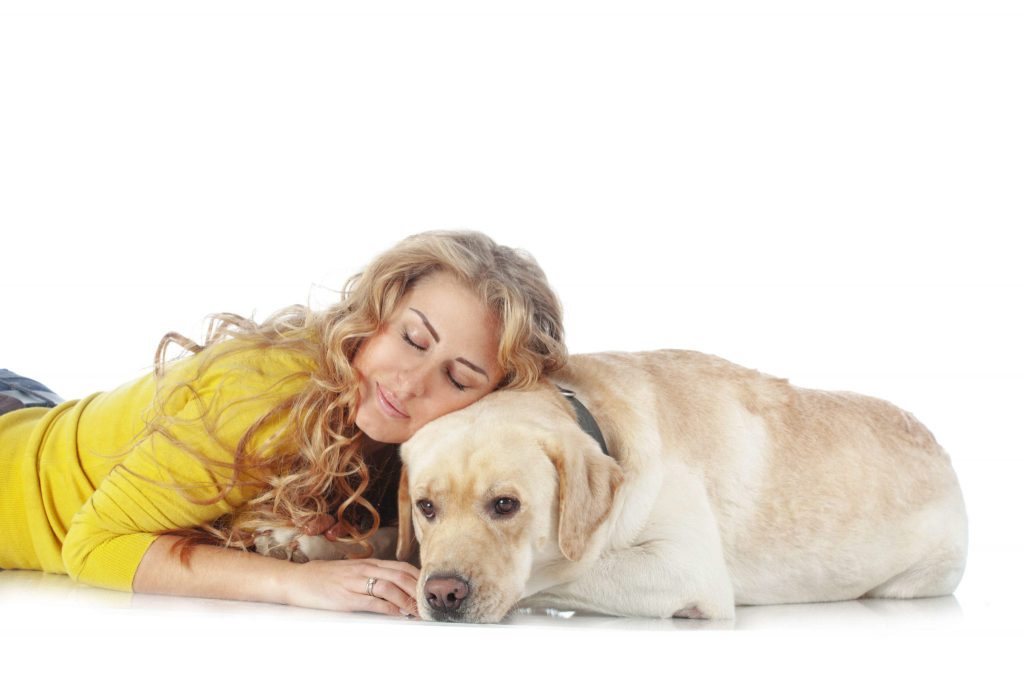
Many health conditions require a specific diet. These diseases are not often cured by diet but slow down the progression of the disease. The following diseases are just a few examples that can be helped by dietary changes.

Many people feed their dogs a home cooked diet. If a home cooked diet is being used, it is important that the appropriate amounts of supplements are added, as a dog should not eat only human food. A lack of appropriate canine nutrients can have detrimental effects on any dog, particularly those who are senior. There are many reasons why home cooked diets that are not supplemented appropriately can be unsafe. One example is taurine, an amino acid that when lacking leads to pets developing heart disease. There are supplement kits that can be added to home cooked diets.
A proper diet should be developed by working with your veterinarian to choose appropriate foods for your senior dog. If a home cooked diet is being used, you veterinarian can make sure your dog is getting adequate essential nutrients to maintain good health.
Turmeric is derived from a plant, Curcuma longa, which is in the same family as ginger and cardamom. Turmeric is thought to have many beneficial health effects. The use of turmeric and other nutraceuticals (food derived supplements) is gaining popularity in veterinary medicine and turmeric has been studied extensively to increase understanding of its potential benefits. The use of turmeric has been shown to be safe, with no reports of significant side effects.


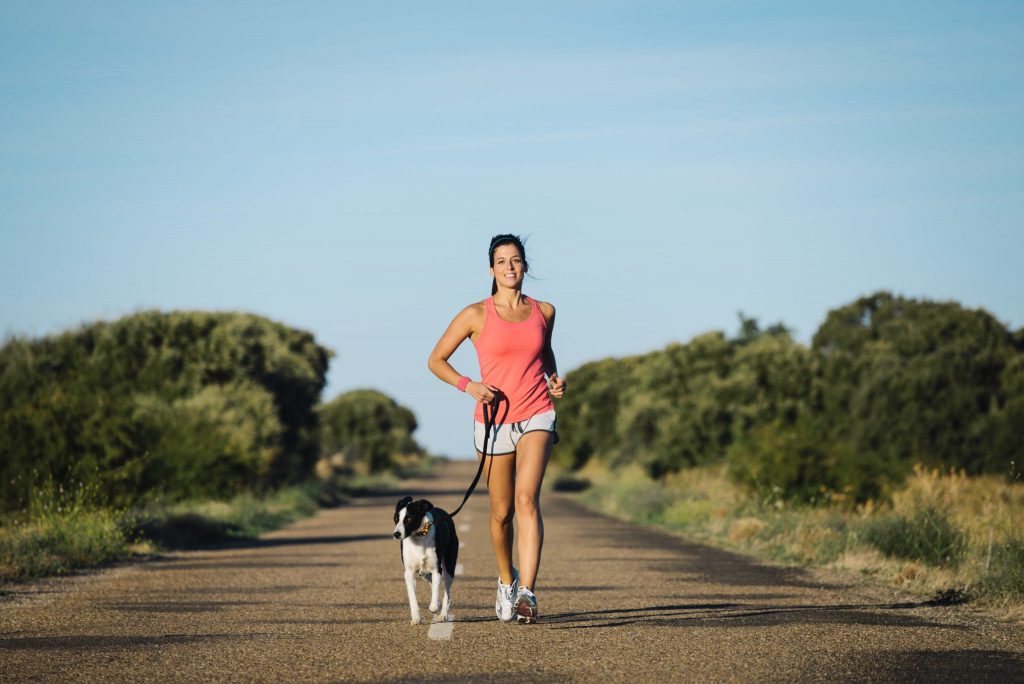



Hemp & Hips:
[/et_pb_text][et_pb_image src="https://vetnaturals.com/wp-content/uploads/2017/04/amazon-btn-150.png" url="https://www.amazon.com/dp/B06ZYSPJF6" url_new_window="on" _builder_version="3.0.74" animation_style="slide" animation_direction="left" animation_duration="500ms" animation_intensity_slide="10%" saved_tabs="all"][/et_pb_image][et_pb_text _builder_version="3.12.2"]
Wynn SG, Fougere B. Veterinary Herbal Medicine. St Louis, MO: Mosby Elsevier; 2007:652, 653, 654, 655.
Many dogs can weigh up to 150 pounds or more. These dogs have specific health issues and care recommendations. The largest breed dogs include the Great Dane, Mastiff, Newfoundland, Saint Bernard, Leonberger, Bernese and Swiss Mountain Dogs, and the Irish Wolfhound. Many mixed breed dogs and Shepherds can also become very large.
Large and giant breed dogs are prone to getting a variety of orthopedic conditions, such as hip dysplasia and arthritis, even at an early age and are susceptible to stomach bloat.

Here are some recommendations to caring for large and giant breed dogs.

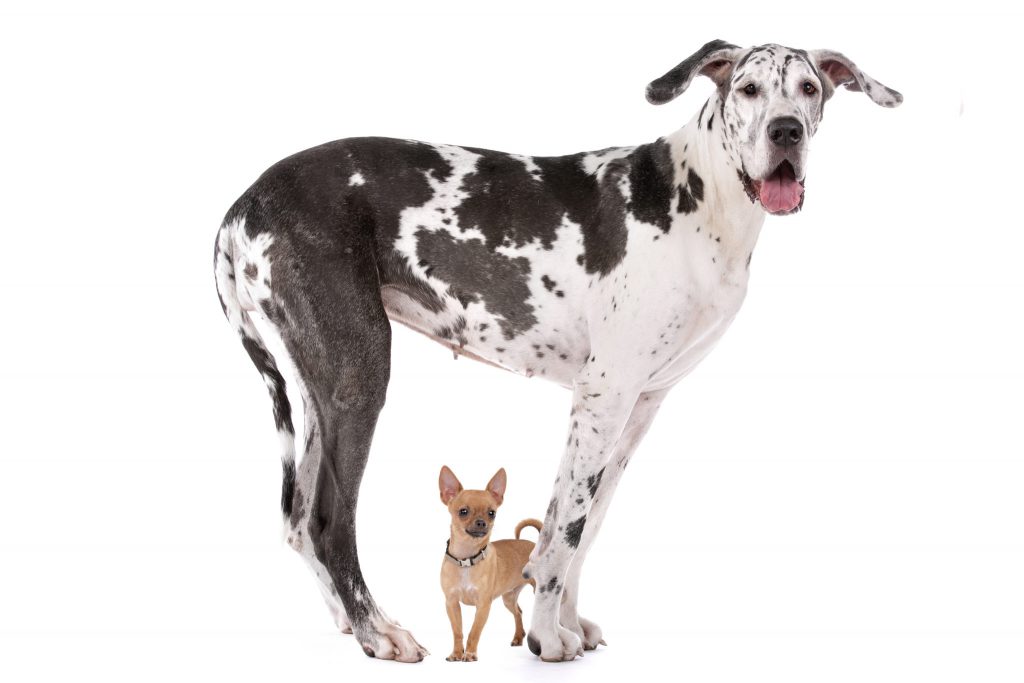
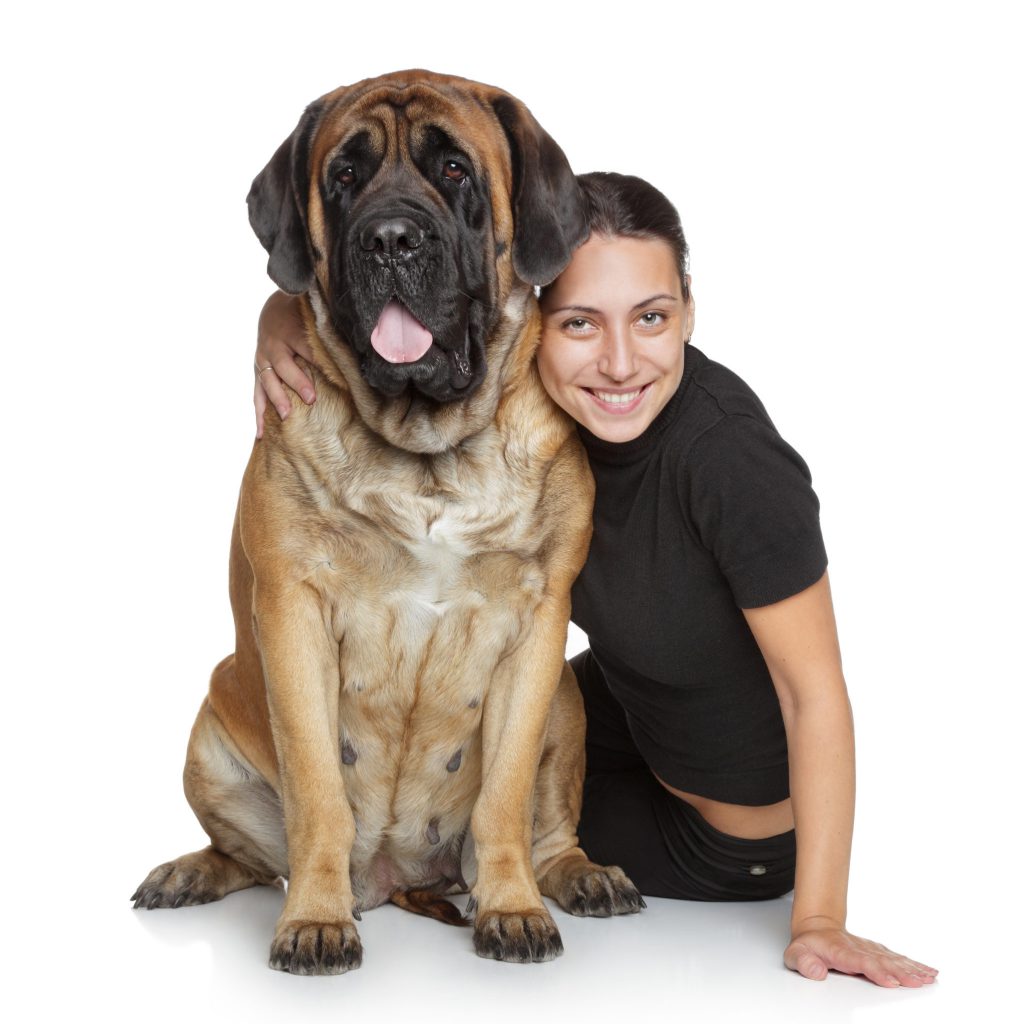
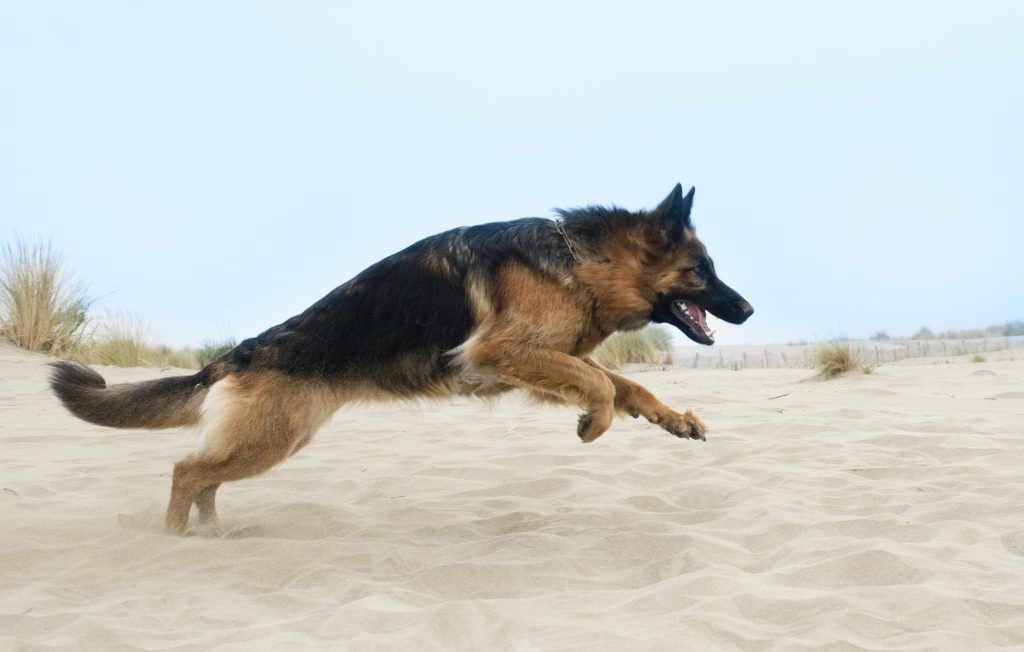

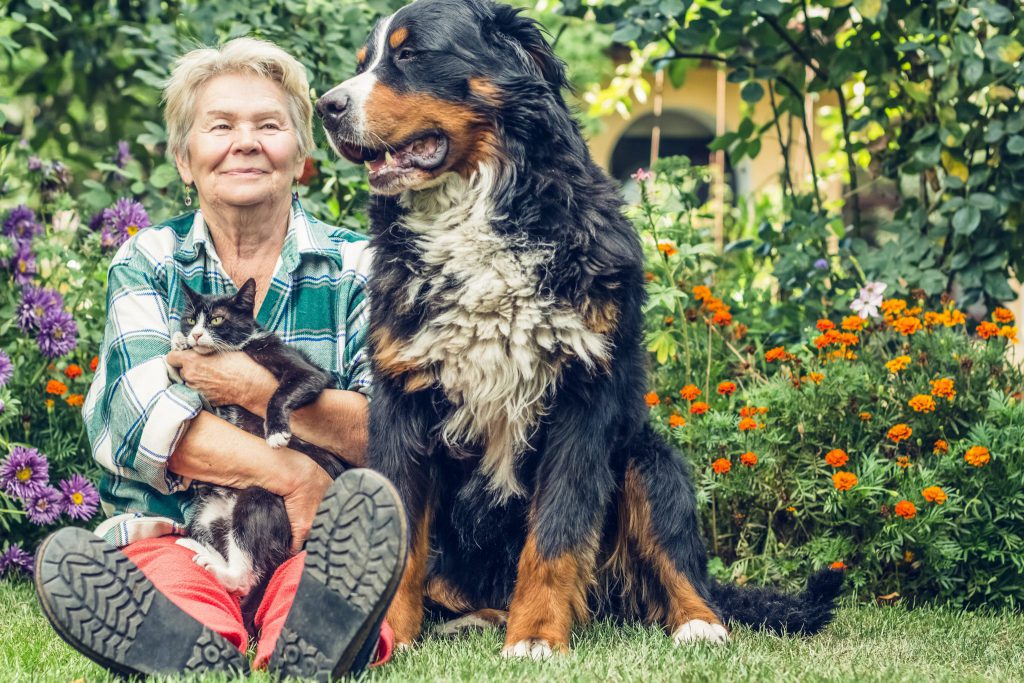
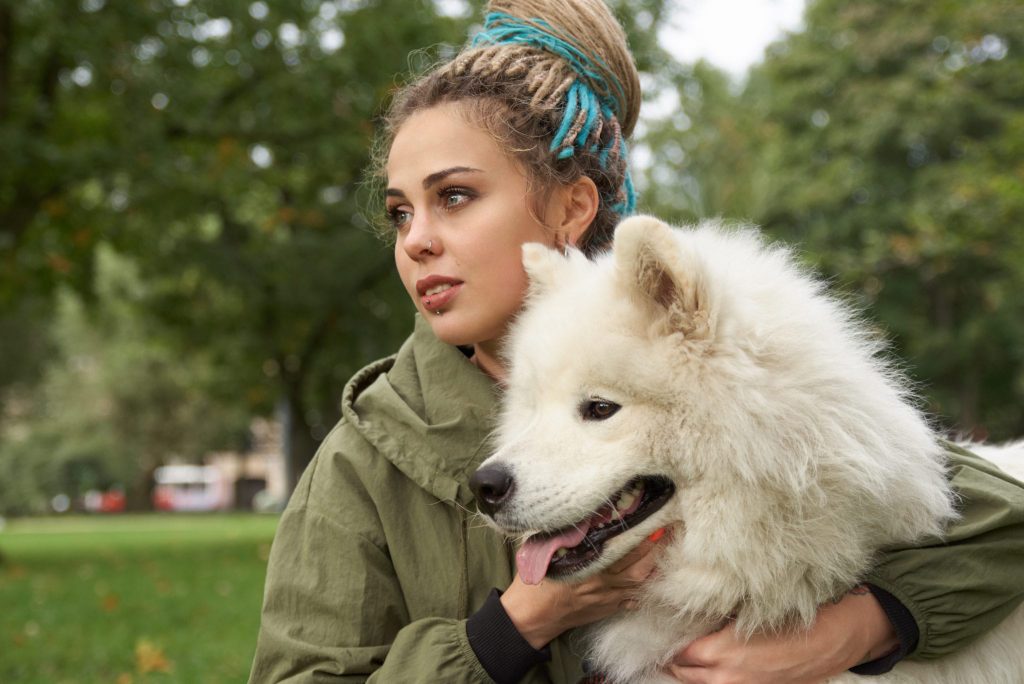

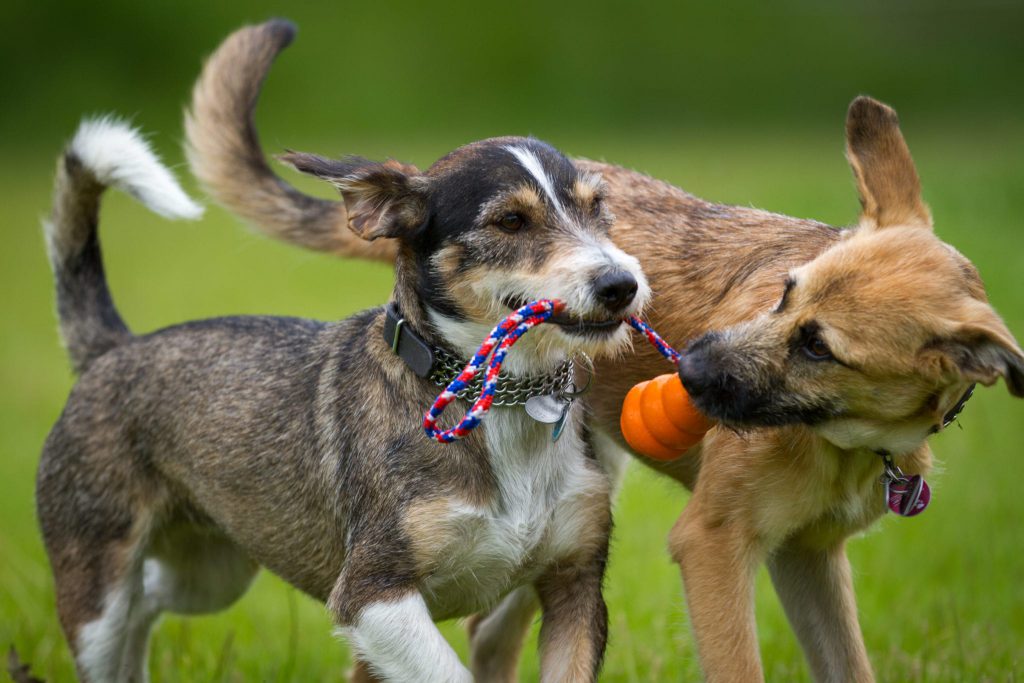





Hemp & Hips -
[/et_pb_text][et_pb_image global_parent="1222" src="https://vetnaturals.com/wp-content/uploads/2017/04/amazon-btn-150.png" url="https://www.amazon.com/Veterinary-Naturals-Hemp-Hips-Inflammation/dp/B01N2S774K" url_new_window="on" _builder_version="3.0.106" custom_css_main_element="float:left;||margin-right: 30px;" /][et_pb_image global_parent="1222" src="https://vetnaturals.com/wp-content/uploads/2017/04/chewy-btn-150.png" url="https://www.chewy.com/veterinary-naturals-hemp-hips/dp/152766" url_new_window="on" _builder_version="3.0.106" custom_css_main_element="float:left;" /][/et_pb_column][/et_pb_row][et_pb_row _builder_version="3.10.1"][et_pb_column type="4_4"][et_pb_text _builder_version="3.10.1"]
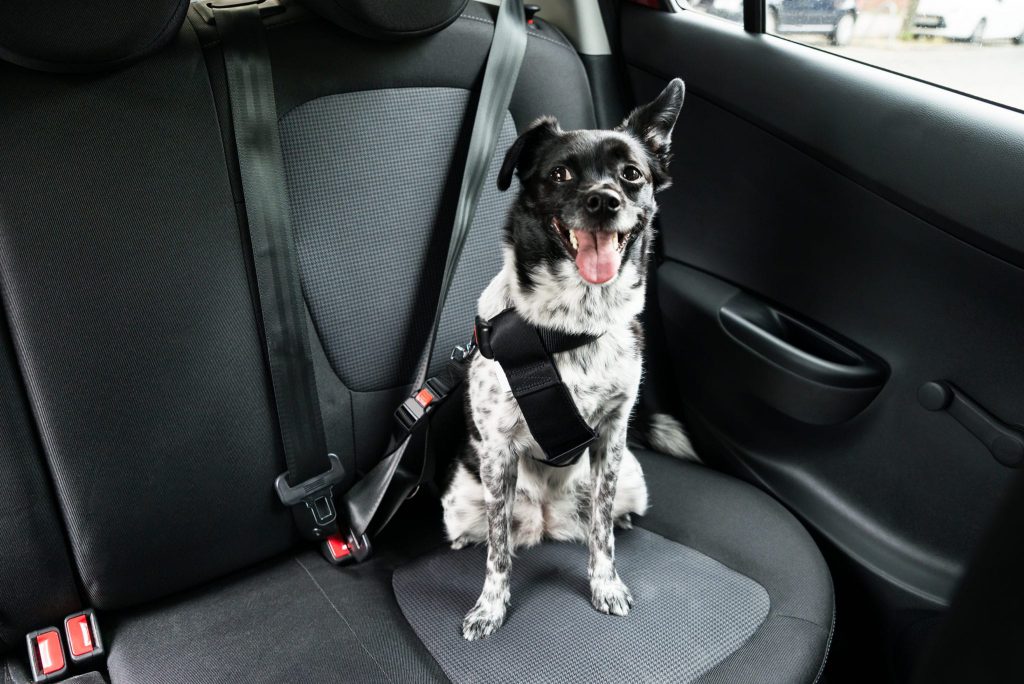
Driving in a car with a dog is usually fun for both the dog and the owner, but it can be dangerous for a variety of reasons. However, safe transport of a dog can be possible by following these recommendations.





If it is too hot outside for you, then it is even hotter for your pet! Here are 10 precautions to be mindful of as the weather becomes warmer.

3) Make sure your pet always has plenty of access to fresh, clean water
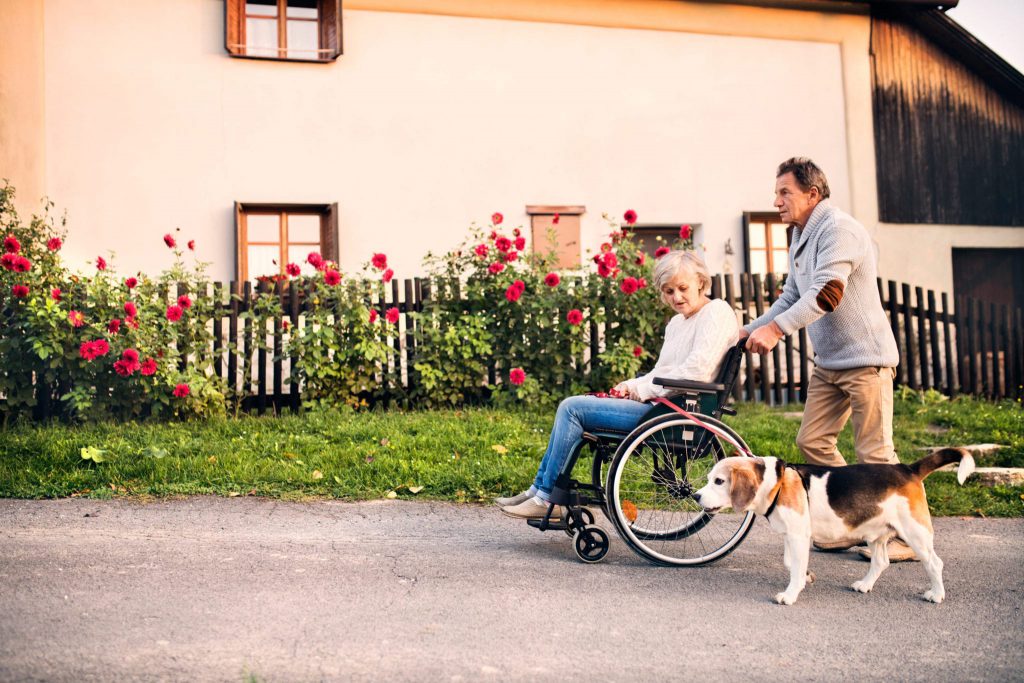
8) Overweight pets and short-nosed breed dogs have a higher chance of having problems in the heat

Hemp & Hips -
[/et_pb_text][et_pb_image src="https://vetnaturals.com/wp-content/uploads/2017/04/amazon-btn-150.png" url="https://www.amazon.com/Veterinary-Naturals-Hemp-Hips-Inflammation/dp/B01N2S774K" url_new_window="on" _builder_version="3.0.106" custom_css_main_element="float:left;||margin-right: 30px;"][/et_pb_image][et_pb_image src="https://vetnaturals.com/wp-content/uploads/2017/04/chewy-btn-150.png" url="https://www.chewy.com/veterinary-naturals-hemp-hips/dp/152766" url_new_window="on" _builder_version="3.0.106" custom_css_main_element="float:left;"][/et_pb_image][/et_pb_column][/et_pb_row][/et_pb_section]



3. Increased thirst and urination. For increased thirst and urination to be truly a cause of a disease, it must be excessive. You should see a noticeable difference in the amount and frequency of drinking. How long your pet postures to urinate or whether urination is just more frequent can be a subtle sign. Urine accidents or urine in bedding may also occur. The top three diseases are the most common causes of increased thirst and urination.
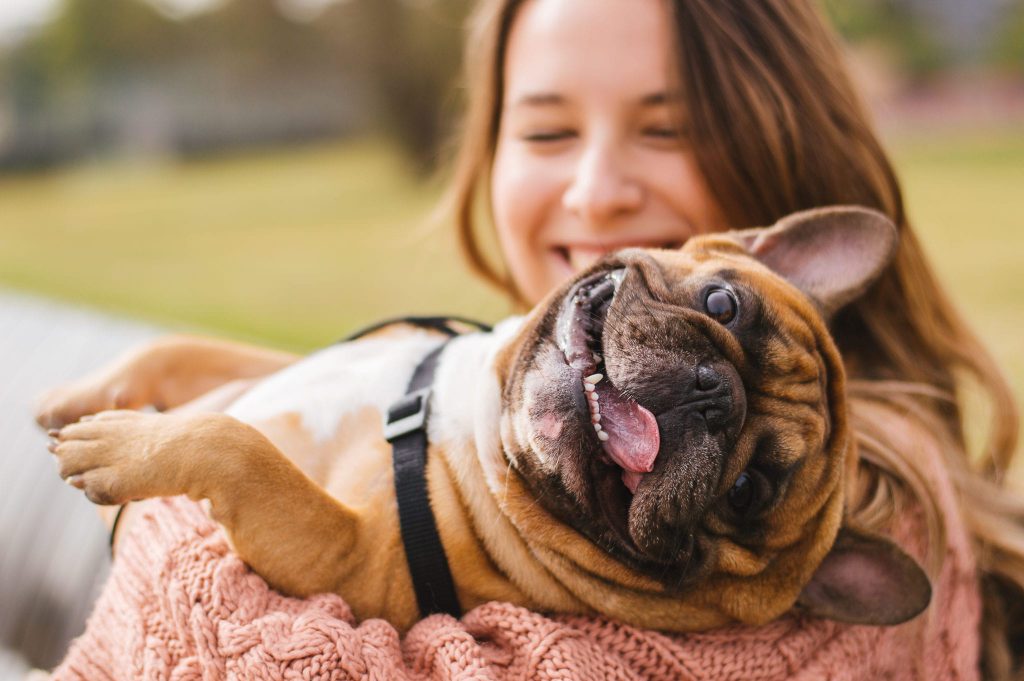
These diseases can also increase thirst and urination.

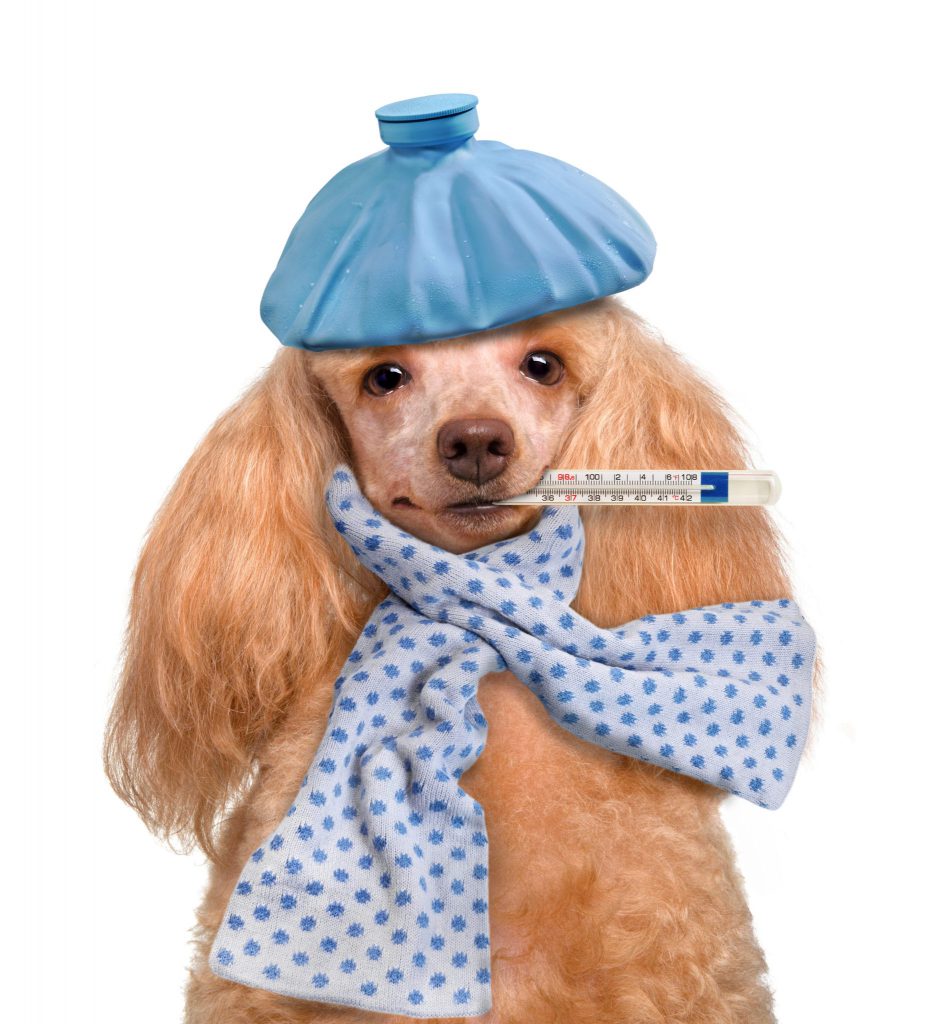
Hemp & Hips:
[/et_pb_text][et_pb_image src="https://vetnaturals.com/wp-content/uploads/2017/04/amazon-btn-150.png" url="https://www.amazon.com/dp/B06ZYSPJF6" url_new_window="on" _builder_version="3.0.47" animation_style="slide" animation_direction="left" animation_duration="500ms" animation_intensity_slide="10%" saved_tabs="all"][/et_pb_image][et_pb_image _builder_version="3.0.106"][/et_pb_image][/et_pb_column][/et_pb_row][et_pb_row _builder_version="3.0.106"][et_pb_column type="4_4" _builder_version="3.0.106" parallax="off" parallax_method="on"][et_pb_text _builder_version="3.0.106"]
Ettinger, Stephen J., and Edward C. Feldman. Textbook of Veterinary Internal Medicine: Diseases of the Dog and the Cat. Elsevier Saunders, 2010.
Thompson, Mark S. Small Animal Medical Differential Diagnosis: a Book of Lists. 2nd ed., Elsevier, 2018.
Yin, Sophia A. The Small Animal Veterinary Nerdbook. Cattledog Press, 2010.
[/et_pb_text][/et_pb_column][/et_pb_row][/et_pb_section]

Hemp is an extract from the hemp plant. Hemp is available in various oral formulations such as oil and seeds, and is commonly used as a supplement for a variety of medical conditions.

CBDs have shown to have significant medical benefits, without the psychological effects that most people commonly associate with marijuana. Specific doses have now been established, and shown to be useful and safe in dogs. CBDs have demonstrated pain relief, as well as anti-inflammatory and antioxidant benefits.
Researchers from several veterinary schools have studied the safety of hemp in animals, and hemp products appear to be well tolerated in dogs.

Hemp oil or seeds are made to provide symptomatic relief in a variety of conditions. Hemp oil may reduce anxiety, inflammation, pain, arthritis, seizures, and improve appetite. Hemp seed is a fiber, which has been shown to be beneficial in the treatment of diarrhea and constipation. Vet Naturals hemp products are produced in the US, in an FDA certified facility.

Hemp products can help decrease pain by reducing inflammation and promote tissue healing. The mechanism by which it relieves pain is believed to be similar to that of non-steroidal anti-inflammatory drugs (NSAIDSs), by blocking the molecule prostaglandin E2 (PGE2). CBD has also been shown to reduce PGE2 in a similar action to reduce inflammation.
NSAIDs are commonly used as pain medication that requires bloodwork monitoring and, in some patients, have side effects on the liver, kidney and gastrointestinal tract. No such monitoring is needed, nor have these side effects been reported with hemp products.

Supplementing with hemp oil may decrease the amount, or even the necessity to give NSAIDs to many dogs that are in pain. Neuropathic pain, or pain originating from the nervous system, has also been shown to be decreased with the use of CBDs.

Hempseed oil contains fatty acids, which are the building blocks of a healthy skin barrier that can help improve clinical signs of some dermatologic diseases. A very common problem in dogs is atopic dermatitis (allergy hypersensitivity).
Often this disease requires medications that may have side effects (immunosuppressant drugs). Supplements containing hempseed oil may decrease the amount needed or even be able to allow dogs to be comfortable without immunosuppressants.

Studies over the last 30 years have demonstrated that CBDs can help cancer patients by causing cell death, reduce the development of new blood vessels to tumors and prevent cancer from invading other tissues or metastasizing. This occurs without affecting normal cells or tissues.

Depending on the specific tumor type, CBD may have more or less benefit. Hemp may be particularly useful in those types of cancers that are very painful, as cancer-related pain can be difficult to treat.
There is evidence that CBD in conjunction with the use of classical pain medications can help relieve cancer-related pain. Veterinary oncologists report it is safe to also use products like hemp oil in conjunction with traditional treatments like chemotherapy.

It is thought that CBDs reduce the excitement of nerve cells (neurons), cells that transmit nerve impulses, which can reduce seizure potential. Studies in human and rodents have shown that CBDs have anticonvulsant effects.
Many dogs with a seizure disorder may be on 1-3 anticonvulsant medications, many of so which have side effects. Even so, many of these animals will still experience seizures. Seizures are not likely to totally stop with medications or supplements, but decreasing the severity and frequency of recurring seizures will improve quality of life for the pet.
Bartner, Lisa, et al. “Assessment of Safety, Toxicity, and Pharmacokinetics of Cannabidiol in Healthy Dogs”. American College of Veterinary Internal Medicine Conference, Veterinary Information Network, 2017.
Callaway, James, et al. “Efficacy of Dietary Hempseed Oil in Patients with Atopic Dermatitis.” Journal of Dermatological Treatment, vol. 16, no. 2, Mar. 2005.
Fine, Perry G., and Mark J. Rosenfeld. “The Endocannabinoid System, Cannabinoids, and Pain.” Rambam Maimonides Medical Journal, vol. 4, no. 4, Oct. 2013.
Lancto, Cheryl A., et al. “Altered Expression of Antimicrobial Peptide Genes in the Skin of Dogs with Atopic Dermatitis and Other Inflammatory Skin Conditions.” Veterinary Dermatology, vol. 24, no. 4, Aug. 2013
Podell, Michael. “Highs and Lows of Medical Marijuana in the Treatment of Epilepsy”. American College of Veterinary Internal Medicine Conference. Veterinary Information Network, 2015.
Robert, Silver J. “Cannabis and Cancer”, Wild West Veterinary Conference. Veterinary Information Network, 2016.
Romano, Barbara, et al. “Inhibition of Colon Carcinogenesis by a Standardized Cannabis Sativa Extract with High Content of Cannabidiol.” Phytomedicine, vol. 21, no. 5, 2014.
Russo, Ethan. “Cannabinoids in the Management of Difficult to Treat Pain.” Therapeutics and Clinical Risk Management, vol. 4, Feb. 2008.
Salazar M, Carracedo A, Salanueva IJ, et al. “Cannabinoid action induces autophagy-mediated cell death through stimulation of ER stress in human glioma cells” J Clin Invest. Vol. 119, no. 5, 2009.
Velasco G, Sanchez C, Guzman M. Towards the use of cannabinoids as antitumor agents. Nature Reviews/Cancer, vol. 12, 2012.
[/et_pb_text][/et_pb_column][/et_pb_row][et_pb_row custom_padding="17px|0px|27px|0px" _builder_version="3.0.101"][et_pb_column type="1_4" _builder_version="3.0.101" parallax="off" parallax_method="on"][et_pb_text _builder_version="3.0.101"]Hemp & Hips
[/et_pb_text][et_pb_image src="https://vetnaturals.com/wp-content/uploads/2017/04/amazon-btn-150.png" url="https://www.amazon.com/Veterinary-Naturals-Hemp-Hips-Soft/dp/B06ZYJ737C/ref=lp_16740413011_1_1?srs=16740413011&ie=UTF8&qid=1521643650&sr=8-1" _builder_version="3.0.101"][/et_pb_image][/et_pb_column][et_pb_column type="1_4" _builder_version="3.0.101" parallax="off" parallax_method="on"][et_pb_text _builder_version="3.0.101"]Hemp & Harmony
[/et_pb_text][et_pb_image src="https://vetnaturals.com/wp-content/uploads/2017/04/amazon-btn-150.png" url="https://www.amazon.com/Veterinary-Naturals-Calming-Treats-Harmony/dp/B076DP3GN7/ref=lp_16740413011_1_2?srs=16740413011&ie=UTF8&qid=1521643650&sr=8-2" _builder_version="3.0.101"][/et_pb_image][/et_pb_column][et_pb_column type="1_4" _builder_version="3.0.101" parallax="off" parallax_method="on"][et_pb_text _builder_version="3.0.101"]Hemp & Health
[/et_pb_text][et_pb_image src="https://vetnaturals.com/wp-content/uploads/2017/04/amazon-btn-150.png" url="https://www.amazon.com/Veterinary-Naturals-Probiotic-Soft-Health/dp/B06XTBV8SX/ref=lp_16740413011_1_4?srs=16740413011&ie=UTF8&qid=1521643650&sr=8-4" _builder_version="3.0.101"][/et_pb_image][/et_pb_column][et_pb_column type="1_4" _builder_version="3.0.101" parallax="off" parallax_method="on"][et_pb_text _builder_version="3.0.101"]Salmon & Hemp Oil
[/et_pb_text][et_pb_image src="https://vetnaturals.com/wp-content/uploads/2017/04/amazon-btn-150.png" url="https://www.amazon.com/Veterinary-Naturals-Wild-Alaskan-Salmon/dp/B0727KT379/ref=lp_16740413011_1_5?srs=16740413011&ie=UTF8&qid=1521643650&sr=8-5" _builder_version="3.0.101"][/et_pb_image][/et_pb_column][/et_pb_row][/et_pb_section]
Osteoarthritis (more commonly known as arthritis or degenerative joint disease) is a common condition affecting cartilage of movable joints such as knees, elbows and hips.
The term directly translates to inflammation of joints. Healthy cartilage provides a cushion between bones and is surrounded by joint fluid that allows our bones to glide over one another without friction or pain.
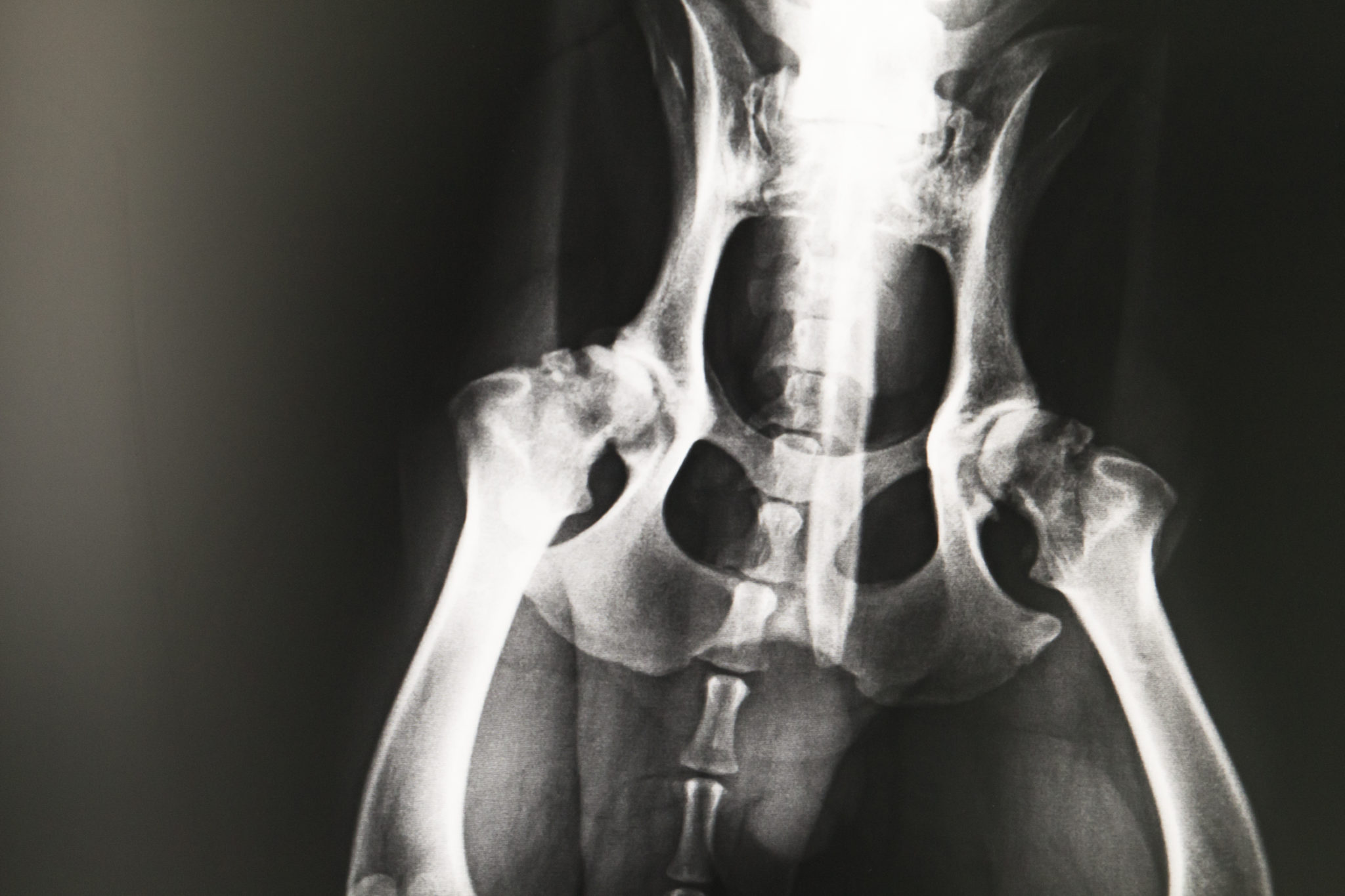
At least 1 in 5 dogs will suffer from arthritis in their lifetime, but this number is likely even higher, particularly in large breed dogs. If your dog is limping and having mobility issues, a likely cause is arthritis but there could be other causes that need to be ruled out by your veterinarian.
History, examination by your veterinarian and x-ray findings assist in making a diagnosis of arthritis. Some dogs will have limping but some will have non-specific signs, such as a change in their temperament, which may include decreased appetite, depression or even aggression.
On physical exam, your veterinarian may note abnormalities such as stiffness, decreased range of motion, soft tissue swelling, muscle atrophy and weight loss. Taking proper x-rays is important. Sometimes other diseases can mimic signs of arthritis, for example, infection, autoimmune diseases or cancer.

The x-rays can show a variety of changes including thickened capsule of a joint, bone spurs, new bone formation, or abnormal joint fluid. The veterinarian may recommend a joint tap procedure to analyze the joint fluid if the findings are not clear.

Many pets will unfortunately be predisposed to getting arthritis, particularly large breed dogs, but there are things that can be done to prevent or slow down the severity of the disease. Keeping your pet at an ideal weight, feeding a balanced diet, and joint supplements has been shown to prevent arthritis.
The ideal body condition of a dog should include being able to easily feel their ribs by lightly touching their sides. When you look down you should see the belly is tucked in, or an hourglass figure. Weight is very influential in preventing your pet from getting serious diseases and living a long time with a good quality of life, just like in people.

Similar to prevention, a joint supplement containing glucosamine is a critical part of both preventing and treating arthritis. Glucosamine is well studied in humans and dogs and shows to improve joint and bone health.
Glucosamine is an amino acid that is naturally produced in the body and is present in many body tissues including joints, tendons and ligaments. It is a component of a molecule called a glycosaminoglycan (GAG) that allows joints to hold a healthy amount of fluid and absorb shock caused by the normal use of joints.
Glucosamine works by stimulating new GAG production to keep the joints healthy. Chondroitin is often contained in a supplement with glucosamine and is also a GAG that works similarly to glucosamine. Fish oil is also used as it reduces inflammation, swelling and pain. All three can be used in combination safely
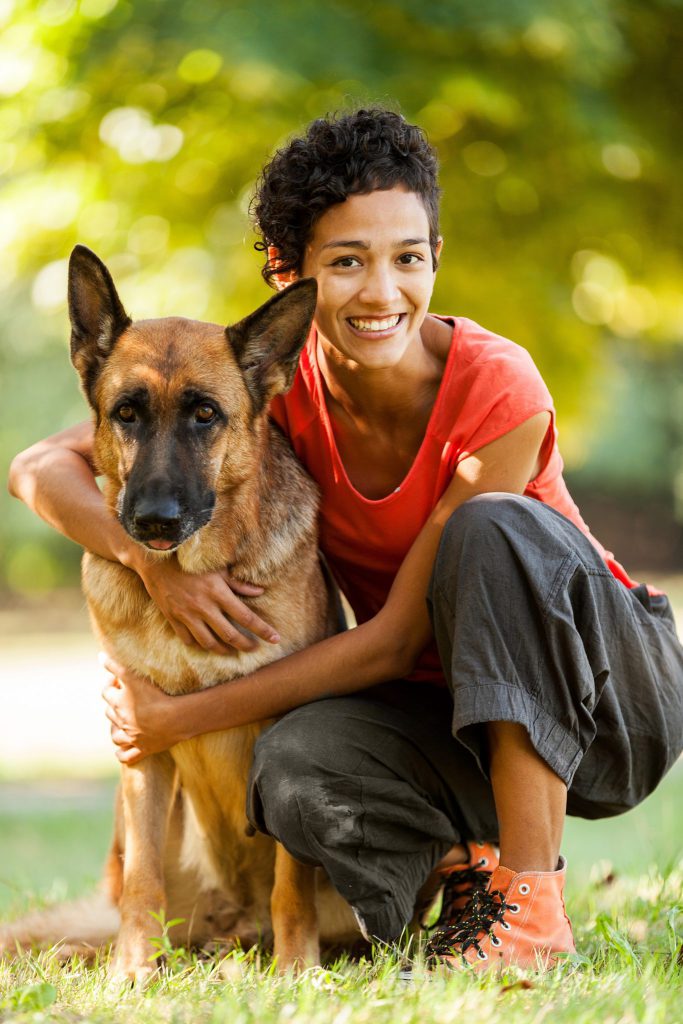
Many medications may also be used to help with pain associated with arthritis. Your veterinarian may prescribe the use of medications such as non-steroidal anti-inflammatories, opiods and neuropathic pain medications.
These can be very helpful in decreasing inflammation and improving quality of life, often multiple medications can be used together, in conjunction with supplements.
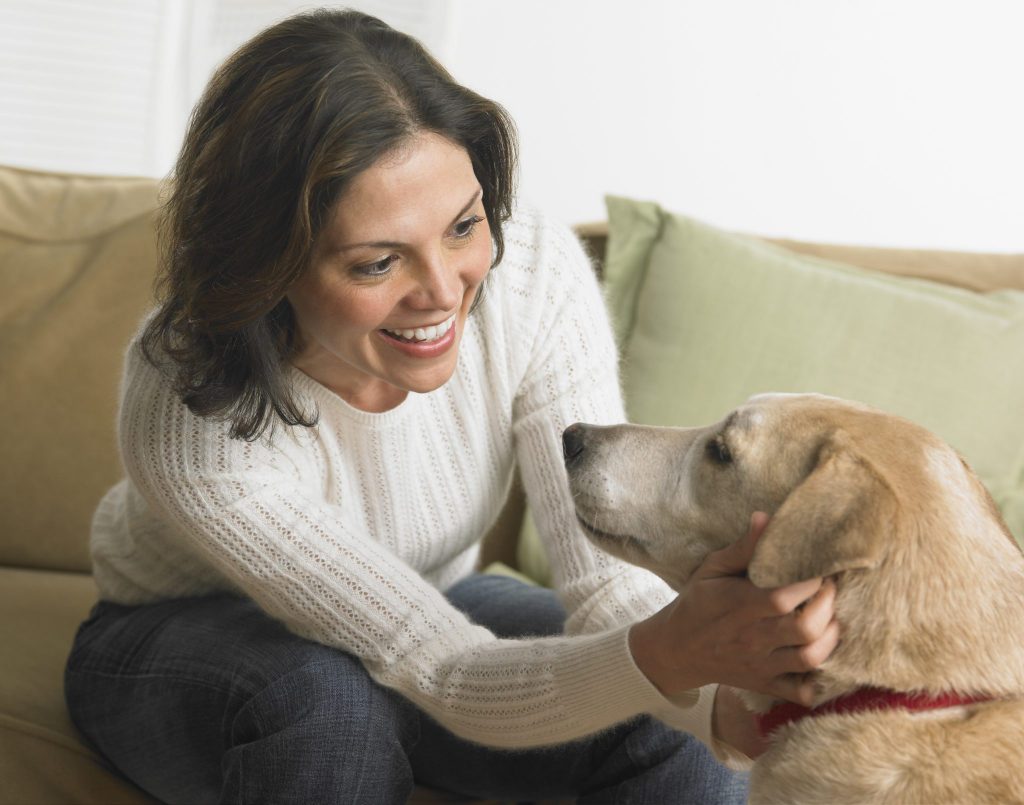
Relatively new to the field of veterinary medicine, physical therapy has also evolved for pets. Use of modalities such as swimming pools, underwater treadmill, electric stimulation (e-stim) and laser therapy has been shown to help with arthritis. Acupuncture, exercises at home, such as range of motion, and massage have also become popular and many dog owners report they have significantly improved mobility.
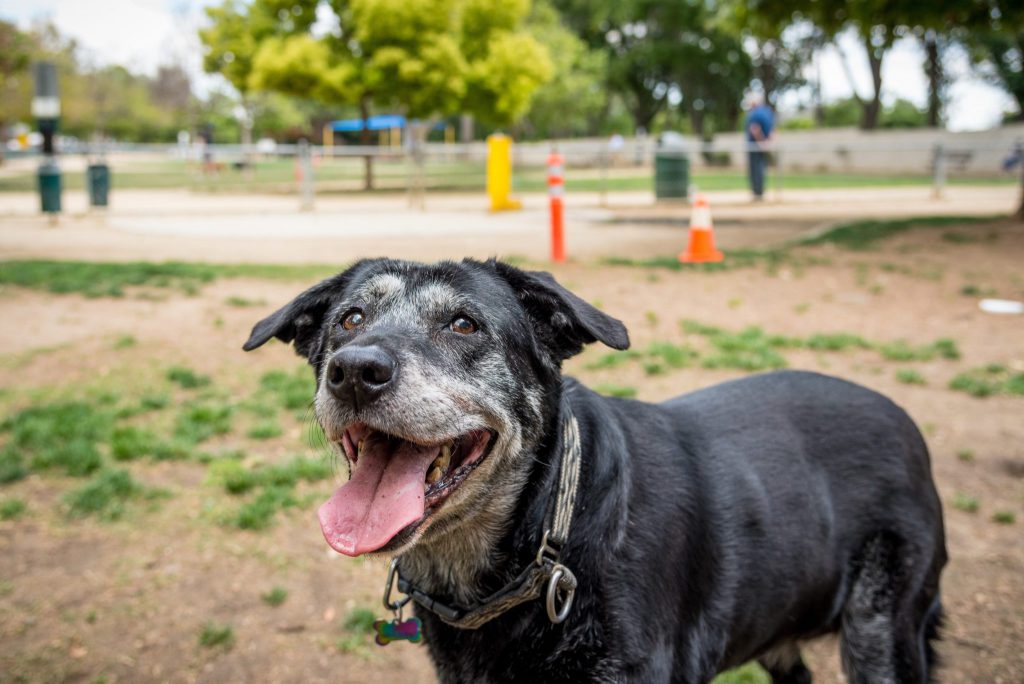
Ettinger, Stephen J, Edward C Feldman, Bauer, John E. “Nutraceuticals.” Textbook of Veterinary Internal Medicine, 6th ed., Saunders Elsevier, 2010.
Ettinger, Stephen J, Edward C Feldman, Matthews, Karol A. “Nonsteroidal Anti-Inflammatory Analgesics.” Textbook of Veterinary Internal Medicine, 6th ed., Saunders Elsevier, 2010.
“Other Drugs Used to Treat Pain.” Handbook of Veterinary Pain Management, by James S. Gaynor and William W. Muir, 2nd ed., Elsevier, 2015.
Ward, Ernie. “Pet Weight Check.” Association for Pet Obesity Prevention, 2017, petobesityprevention.org/pet-weight-check/
[/et_pb_text][/et_pb_column][/et_pb_row][et_pb_row _builder_version="3.0.72"][et_pb_column type="1_4" _builder_version="3.0.47" parallax="off" parallax_method="on"][et_pb_text _builder_version="3.0.72"] Hip & Joint Supplement
[/et_pb_text][et_pb_image src="https://vetnaturals.com/wp-content/uploads/2017/04/amazon-btn-150.png" url="https://www.amazon.com/Veterinary-Naturals-Hemp-Hips-Inflammation/dp/B01N2S774K/ref=lp_16740413011_1_1?srs=16740413011&ie=UTF8&qid=1506810789&sr=8-1" _builder_version="3.0.72"][/et_pb_image][/et_pb_column][et_pb_column type="1_4" _builder_version="3.0.47" parallax="off" parallax_method="on"][et_pb_text _builder_version="3.0.72"] Probiotic with Skin & Coat Supplement
[/et_pb_text][et_pb_image src="https://vetnaturals.com/wp-content/uploads/2017/04/amazon-btn-150.png" url="https://www.amazon.com/Veterinary-Naturals-Health-Probiotic-Supplement/dp/B06XTBV8SX" _builder_version="3.0.72"]

